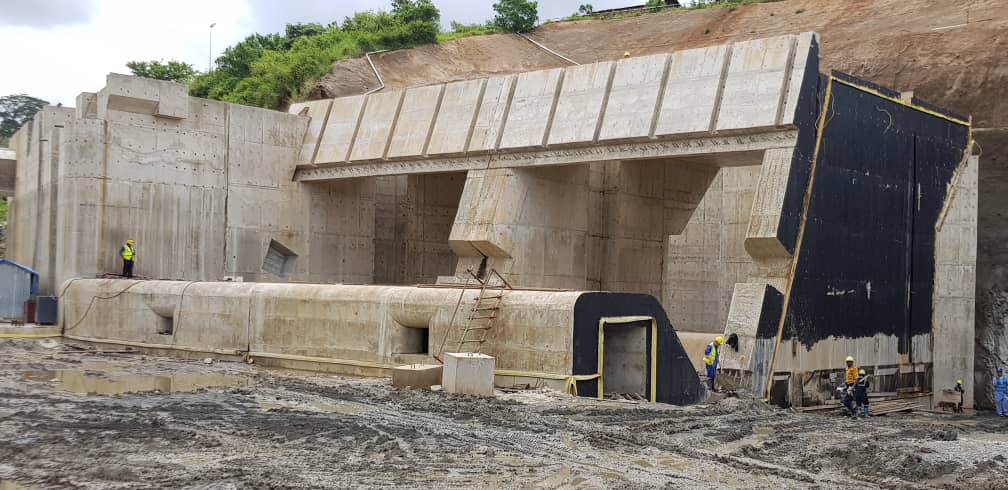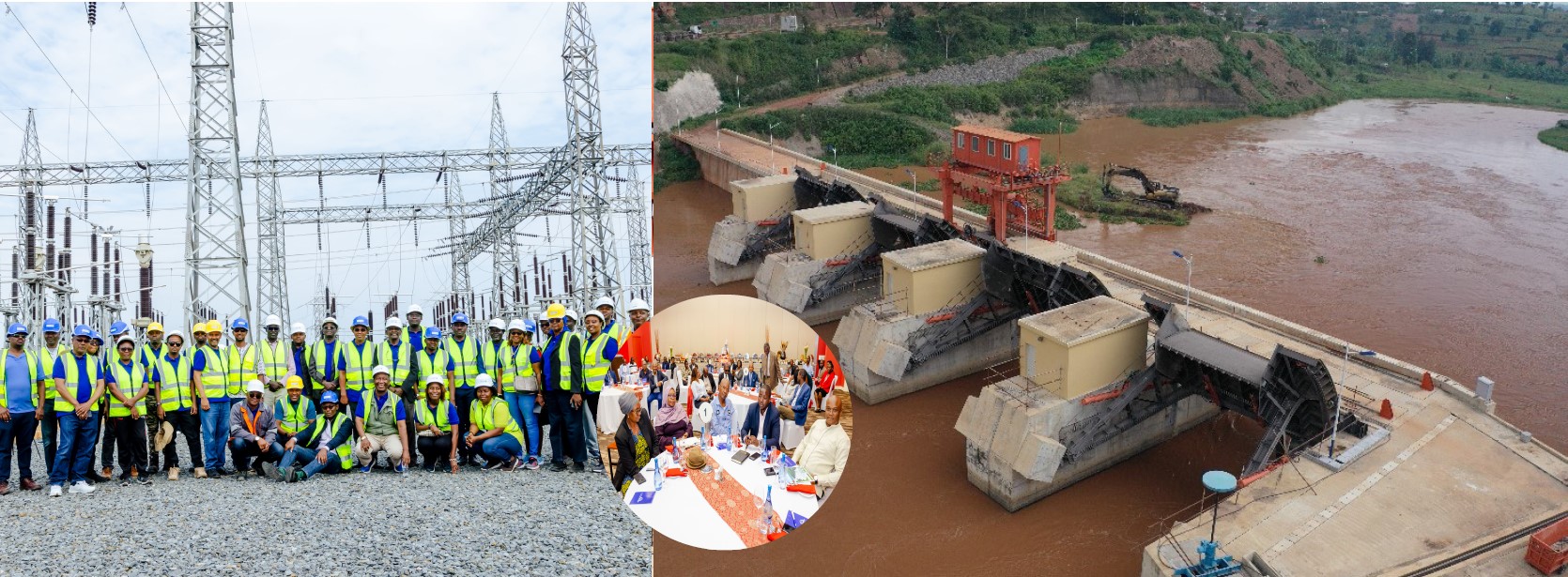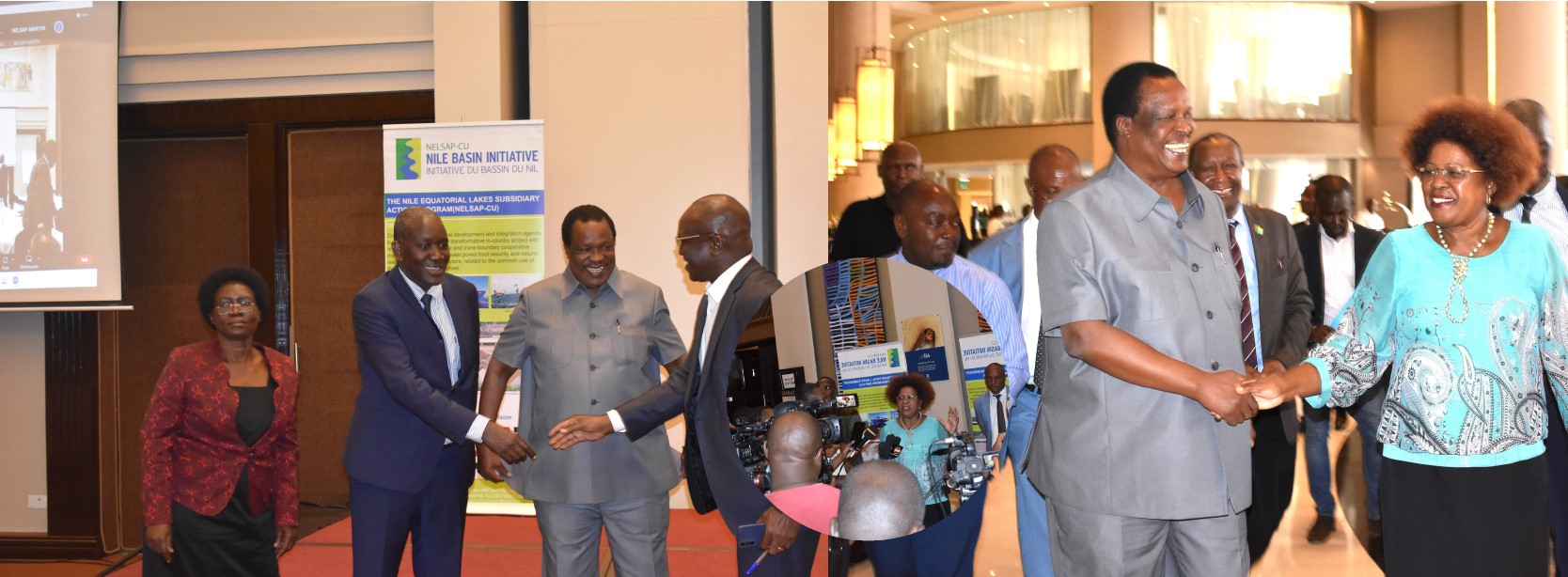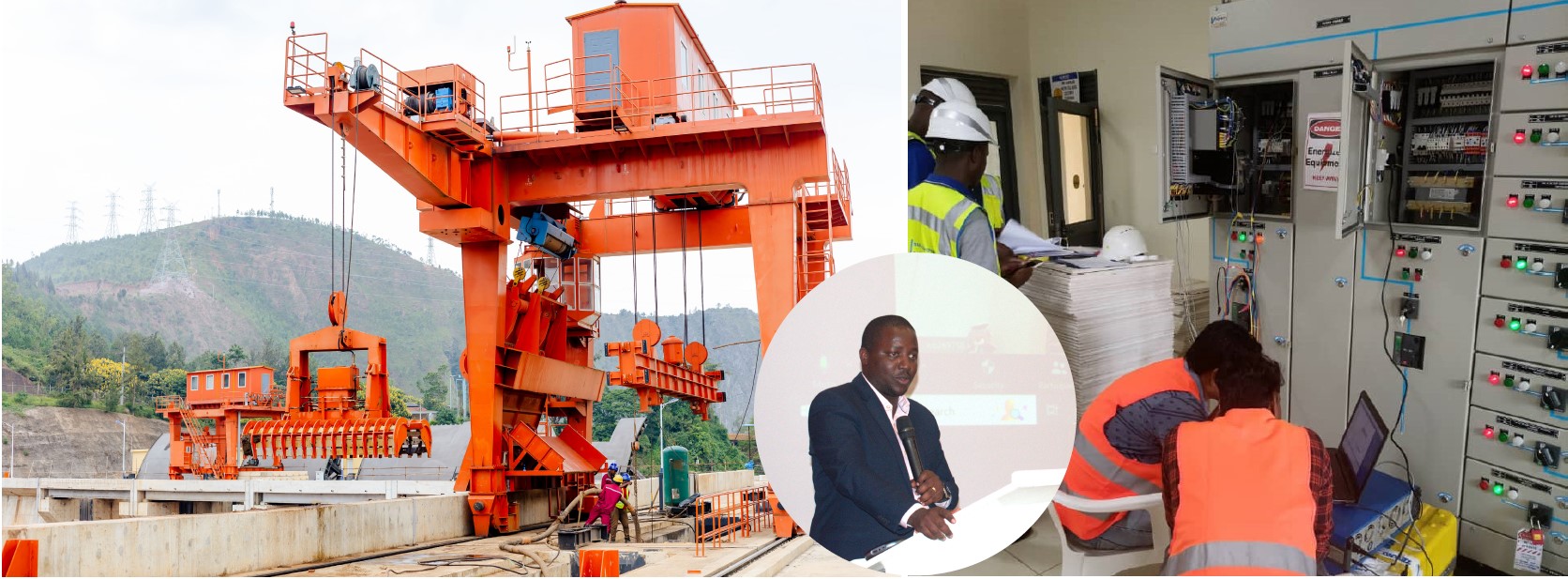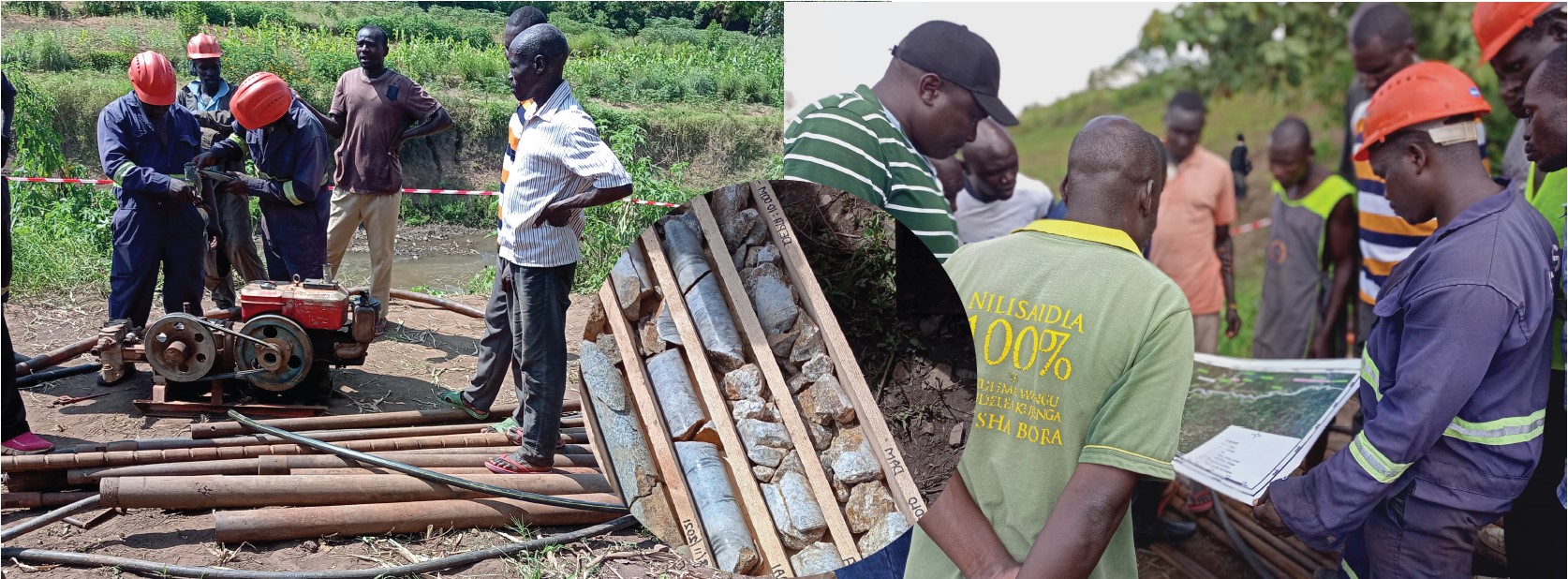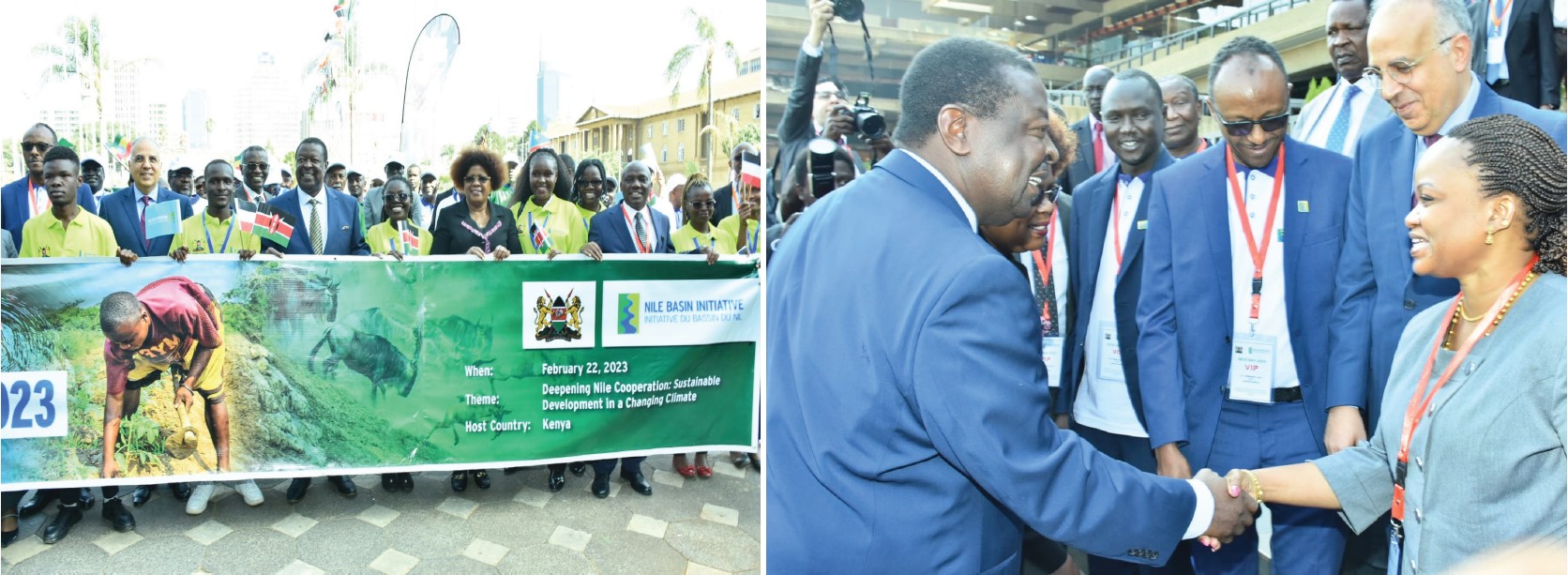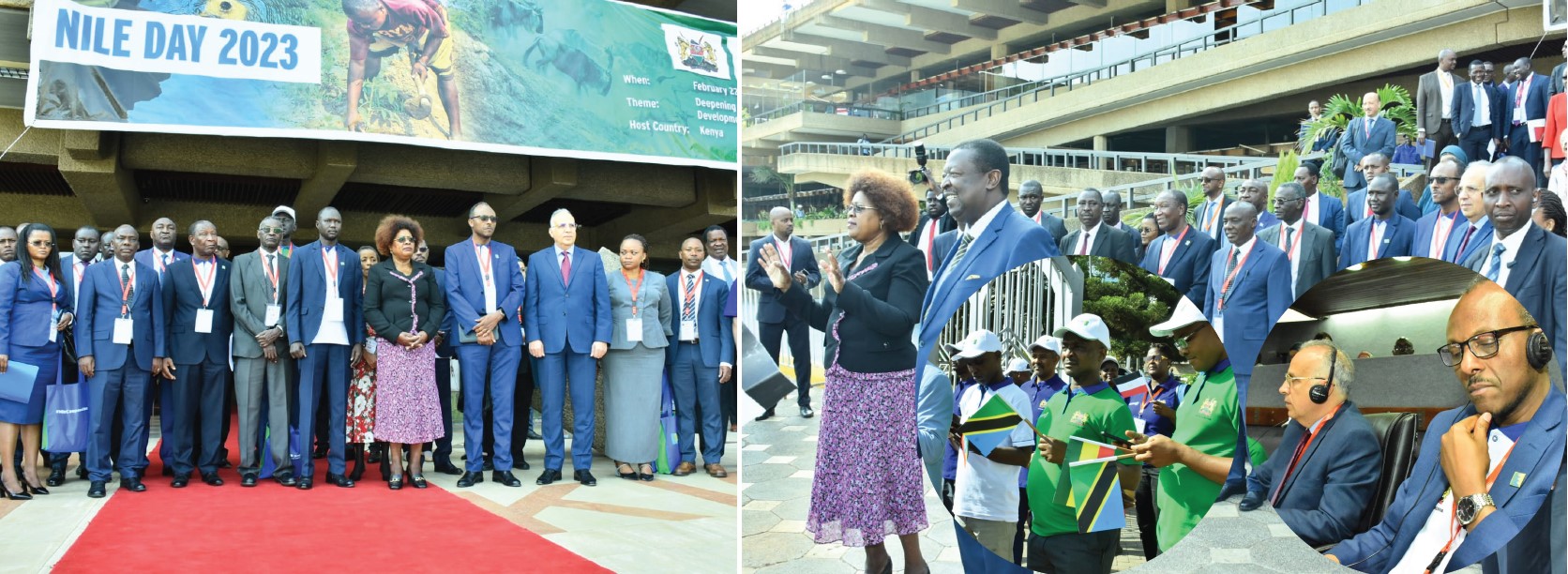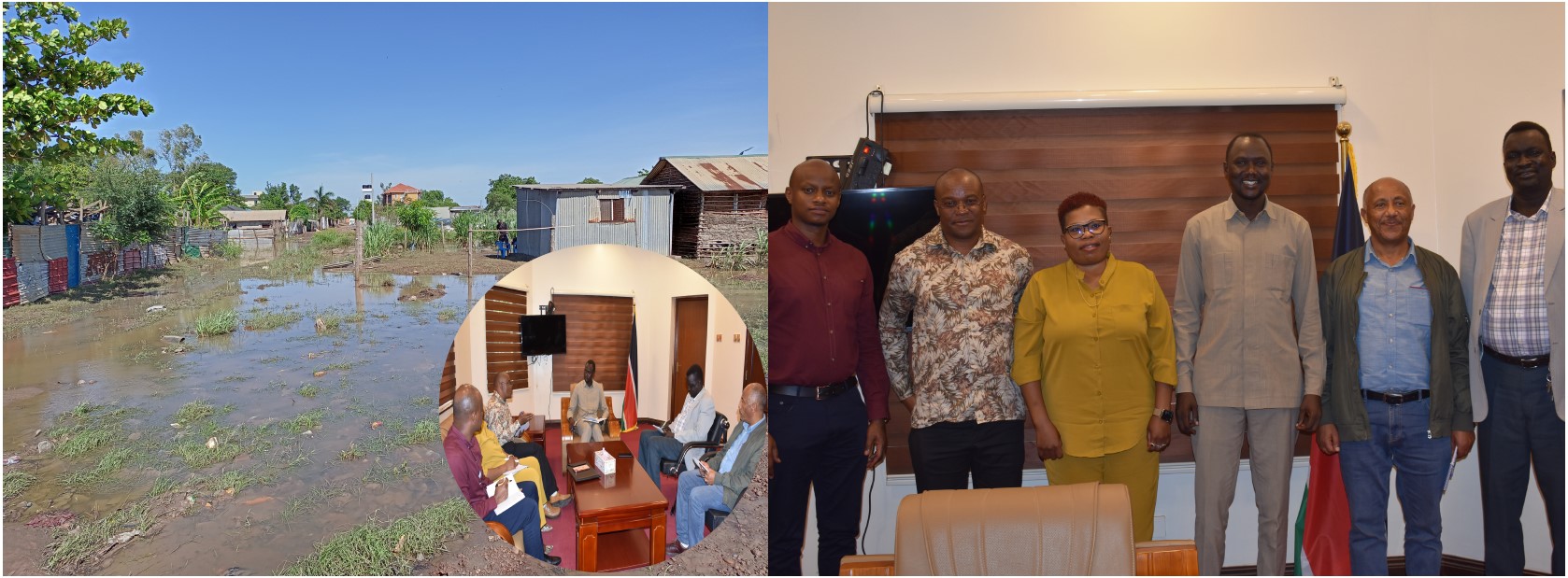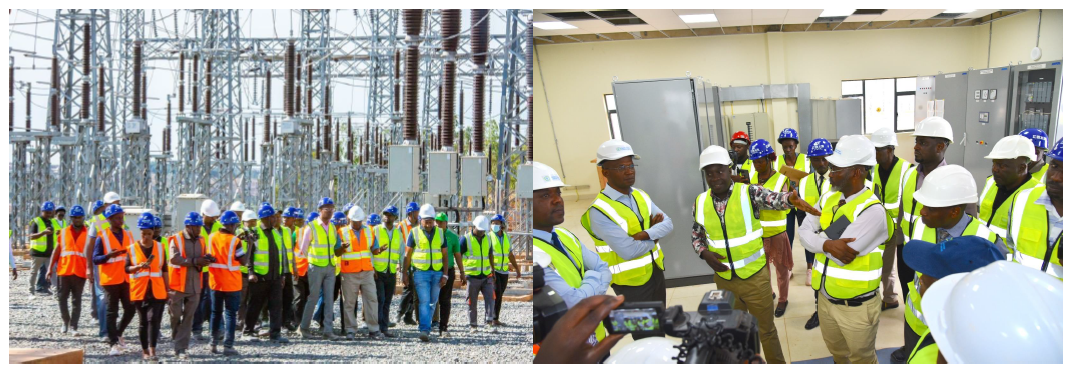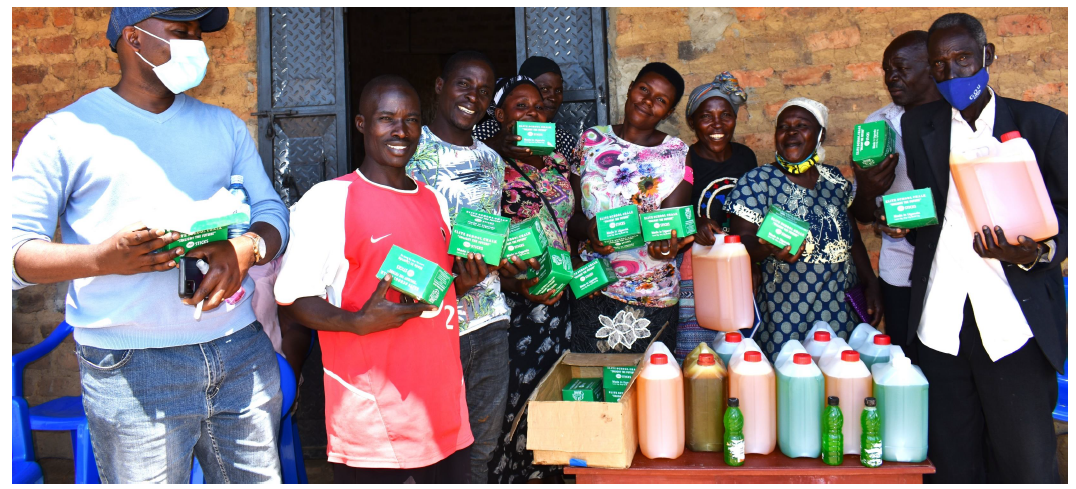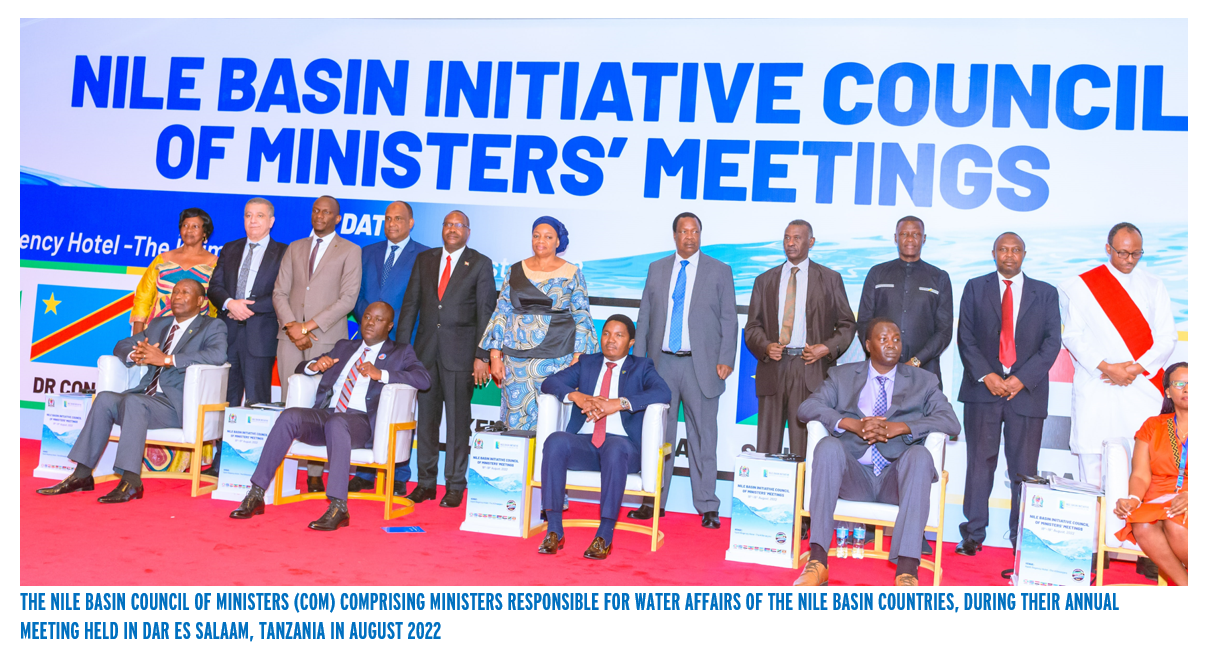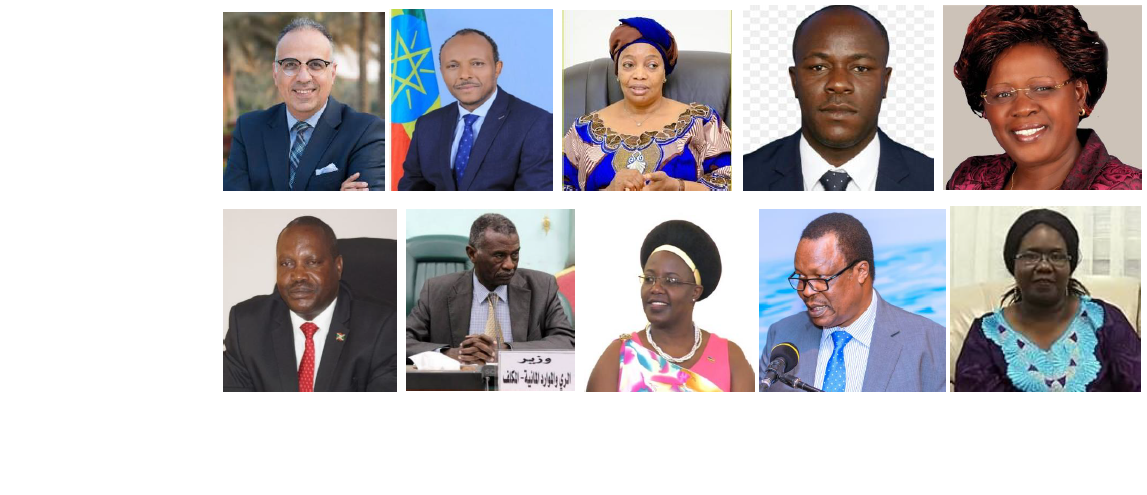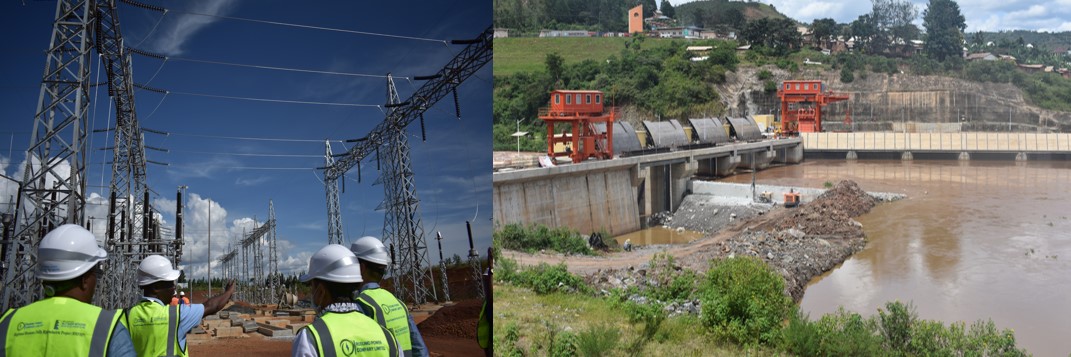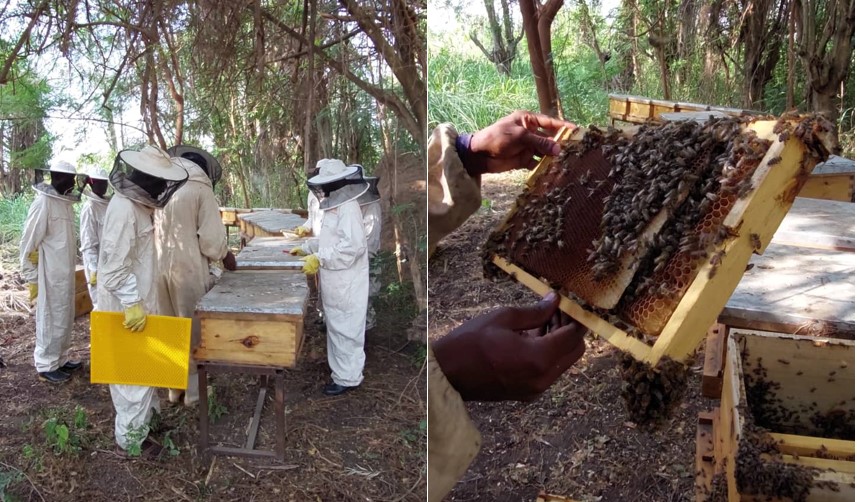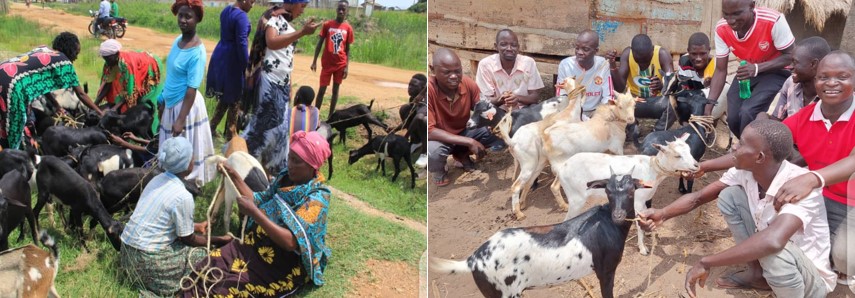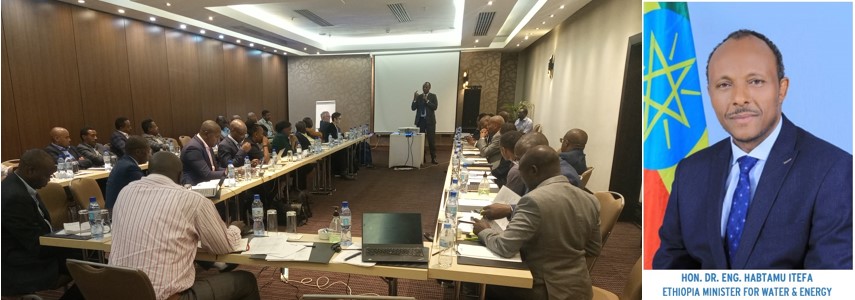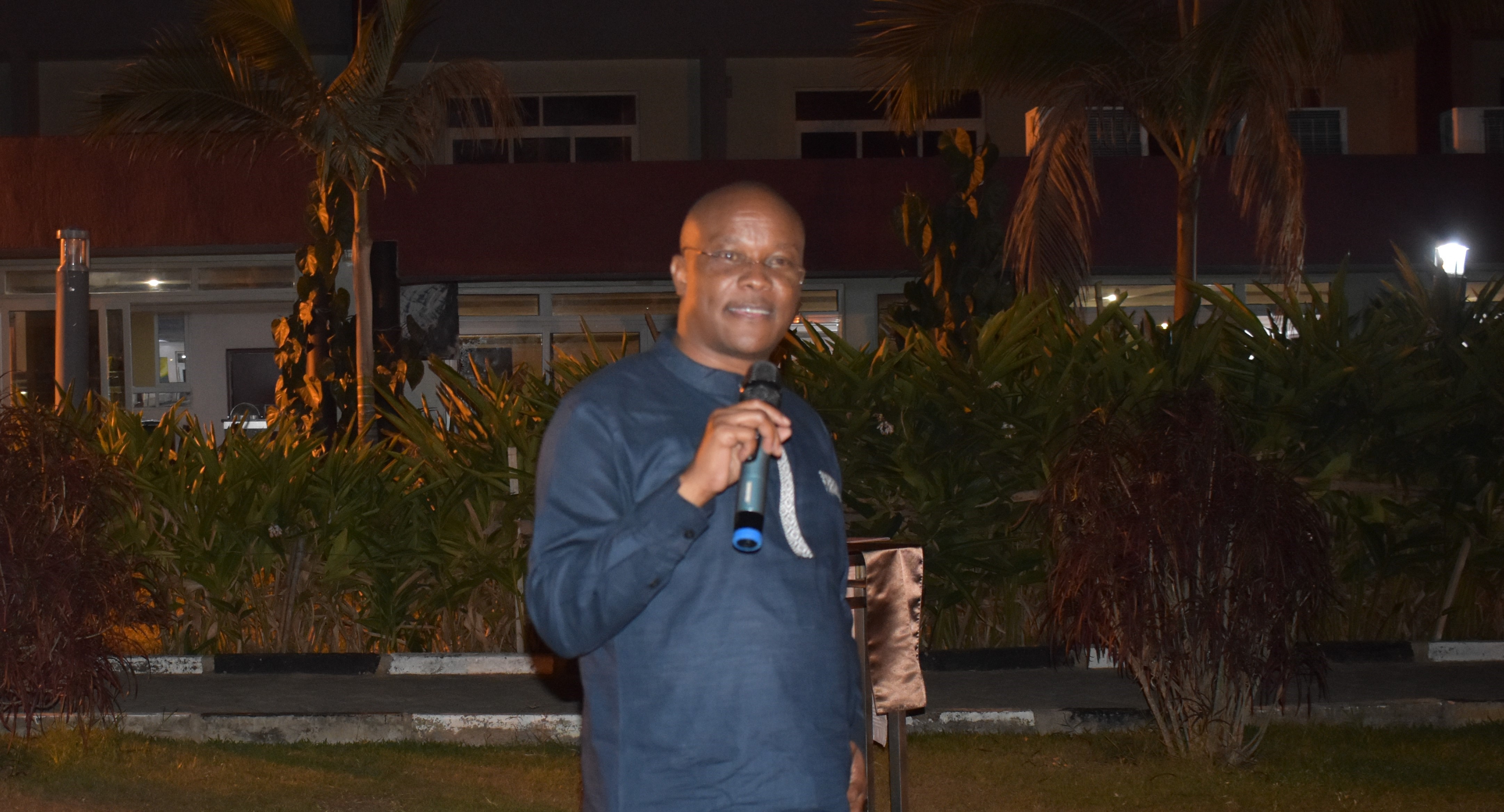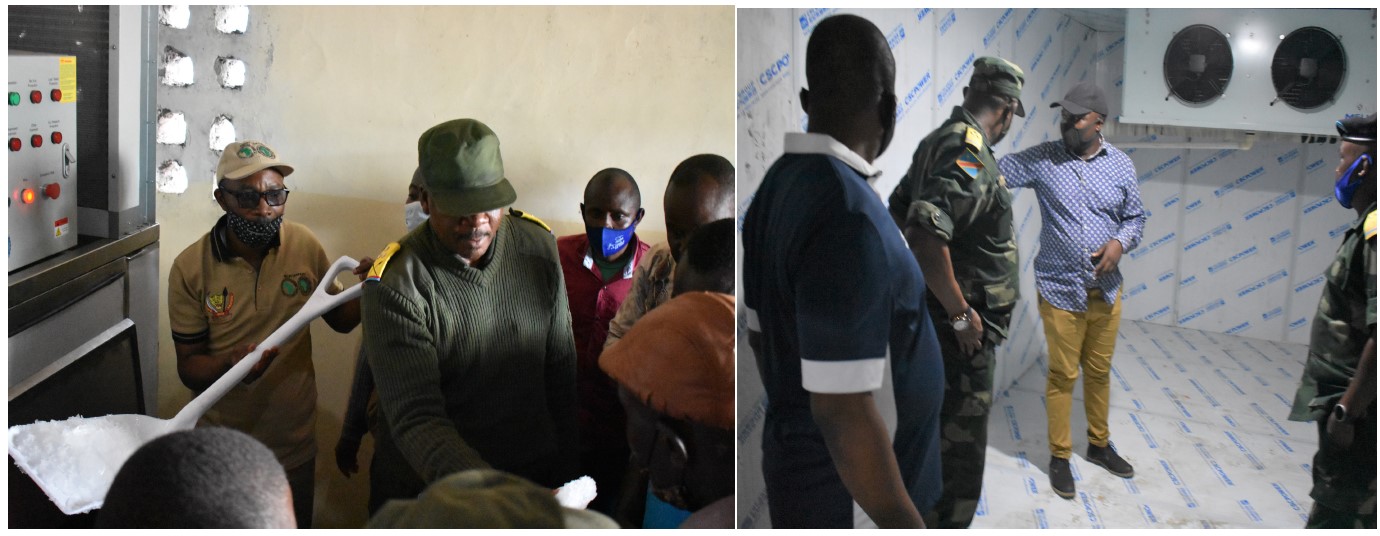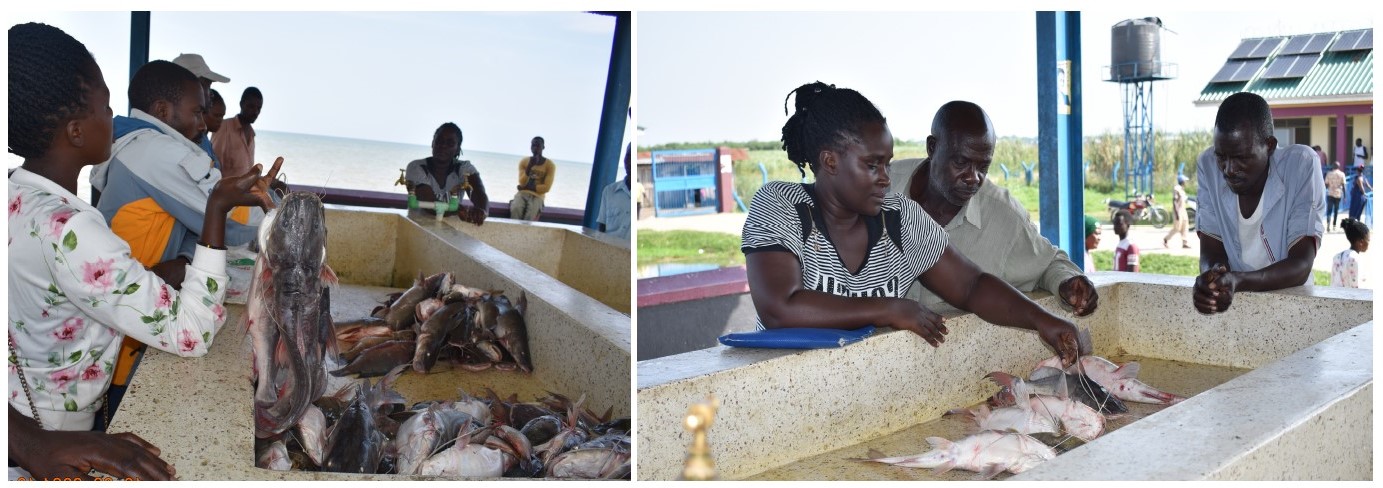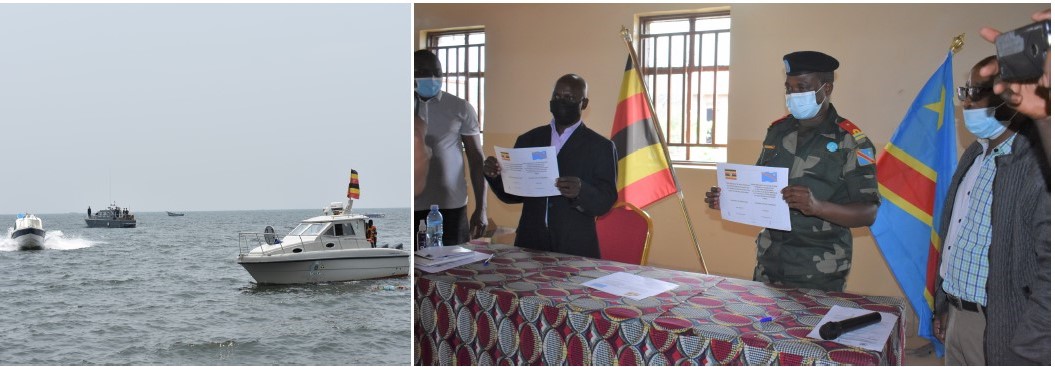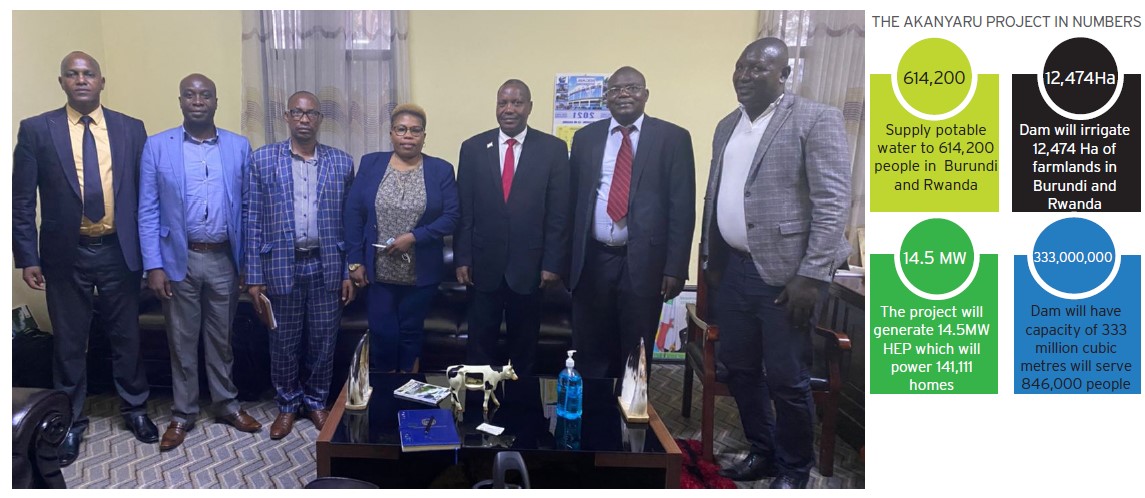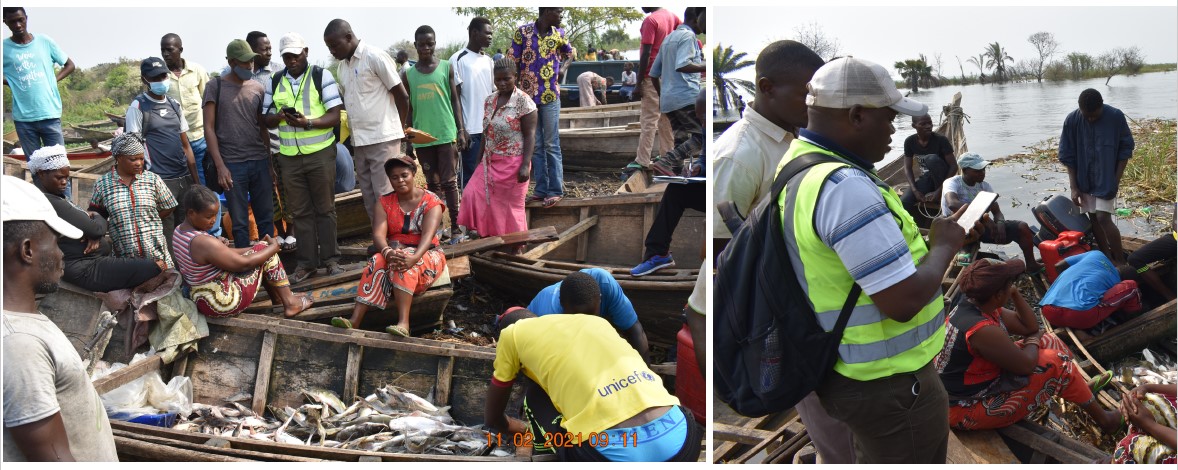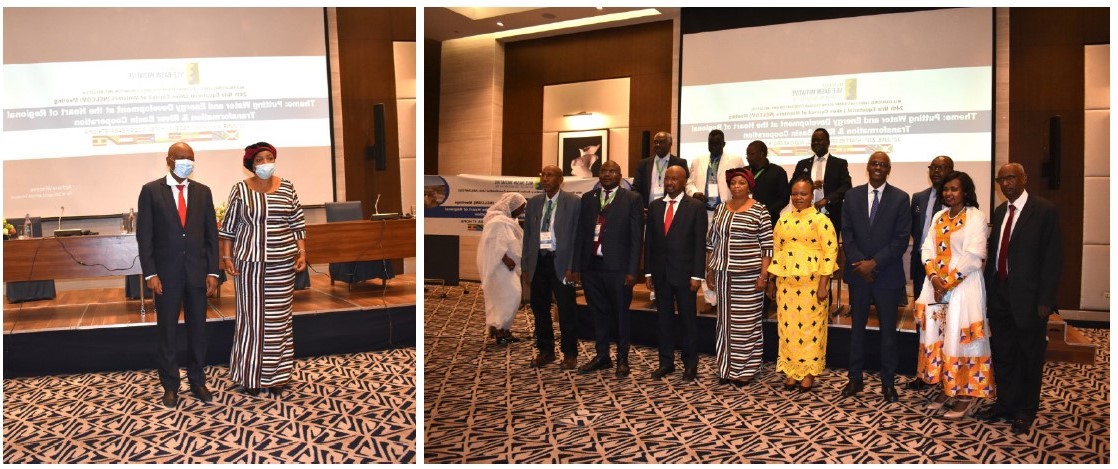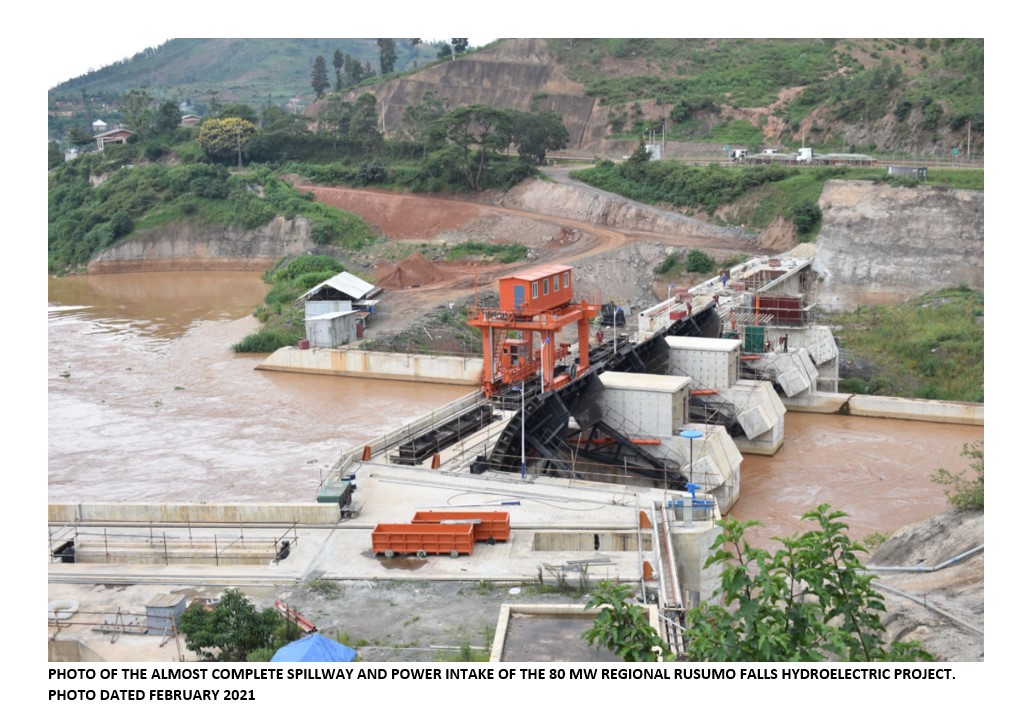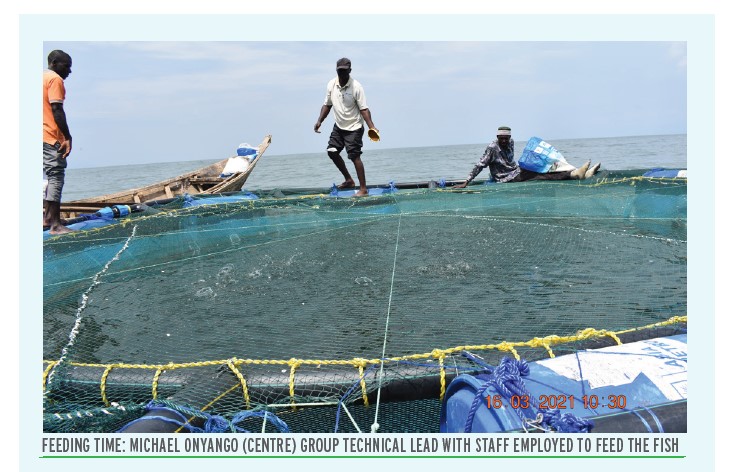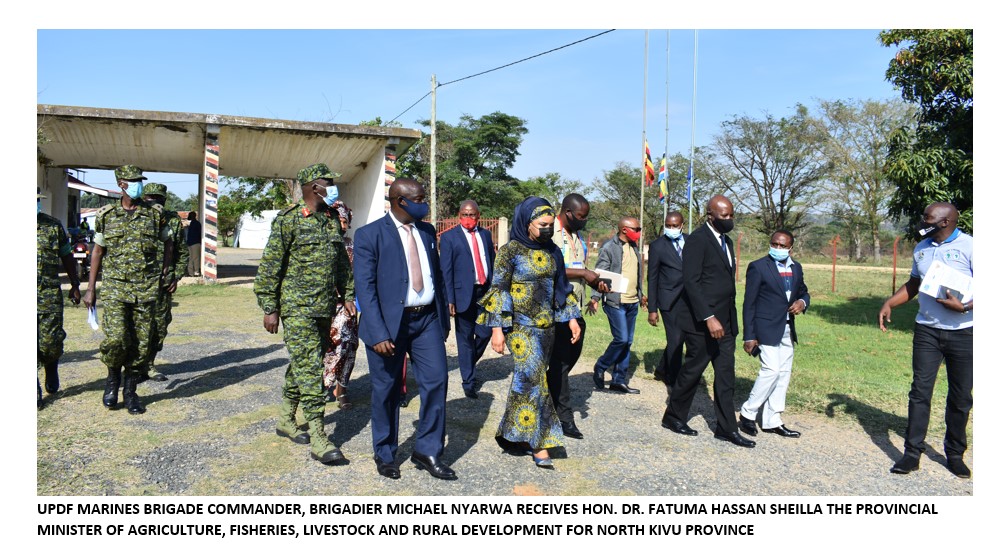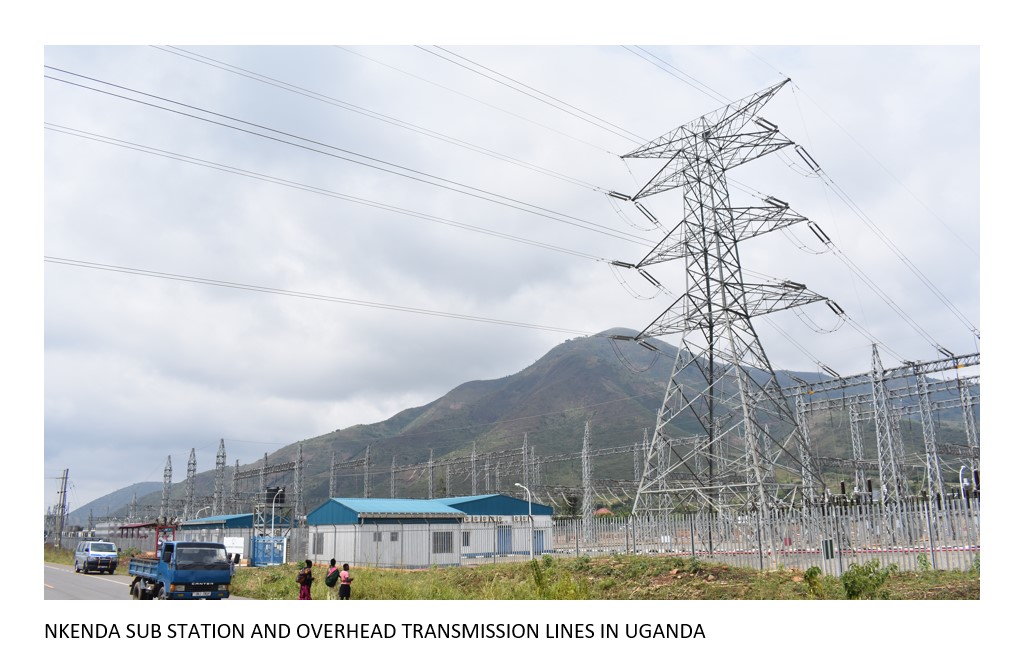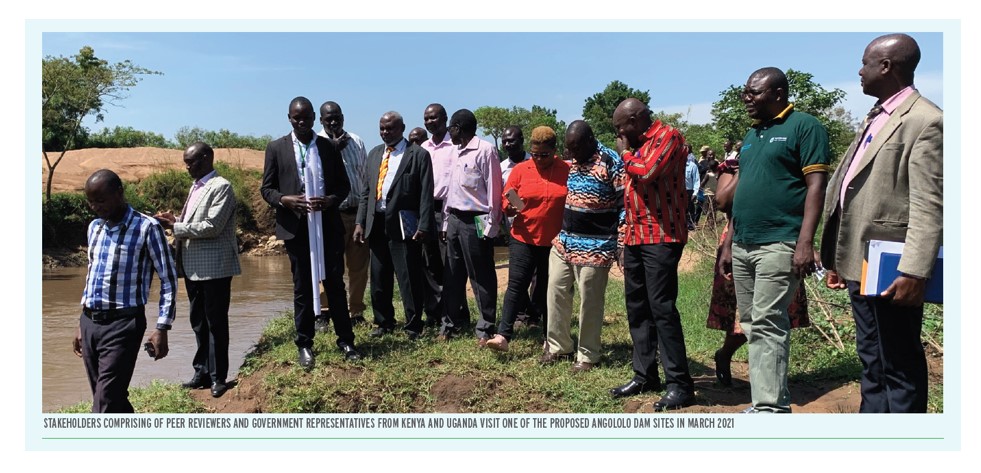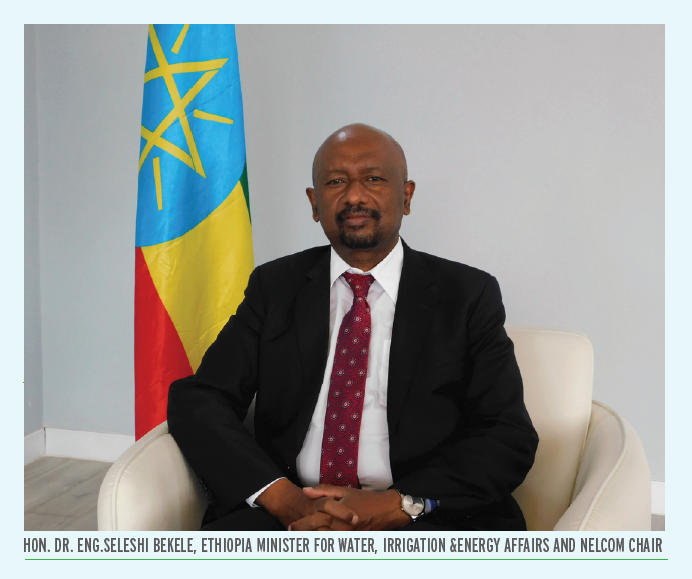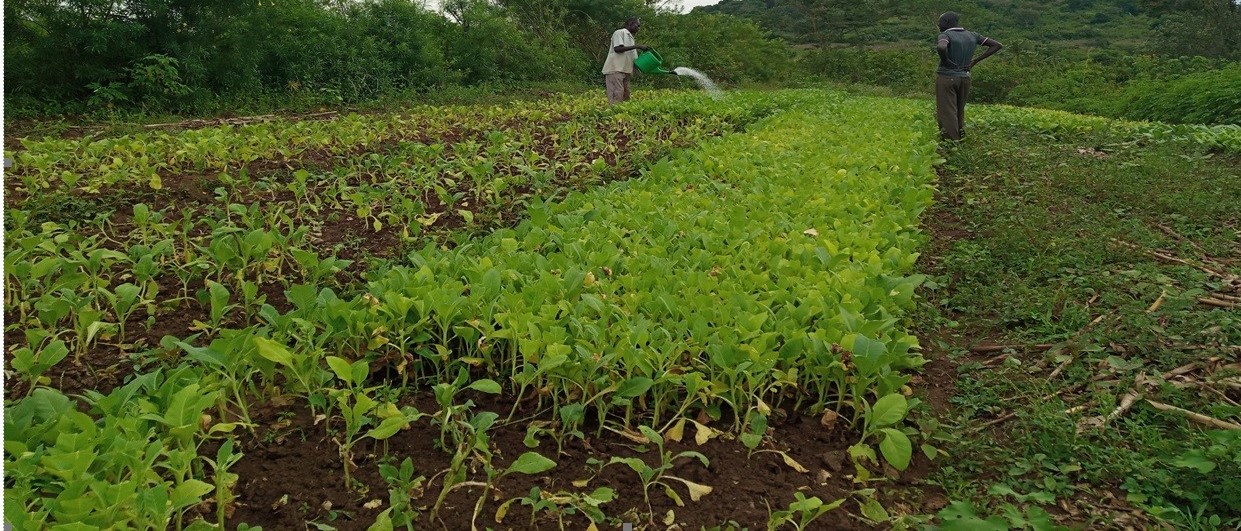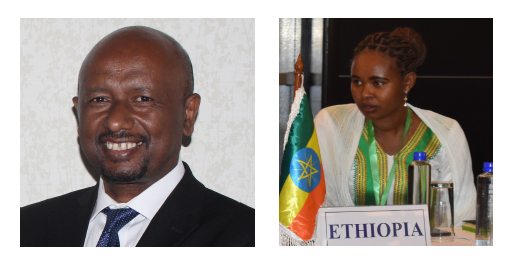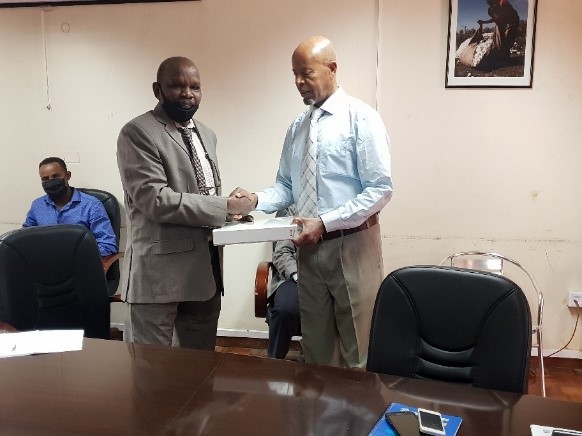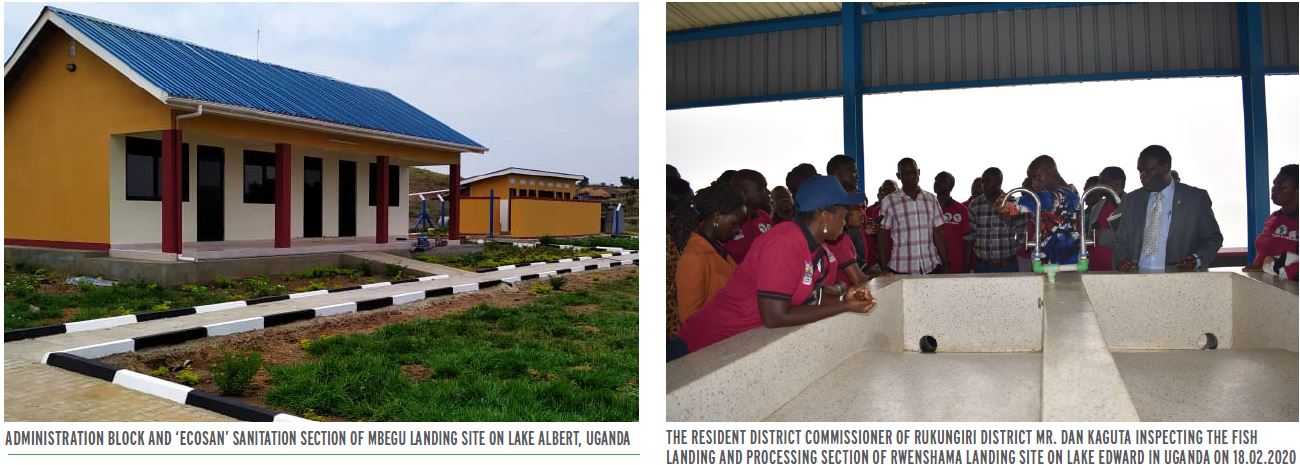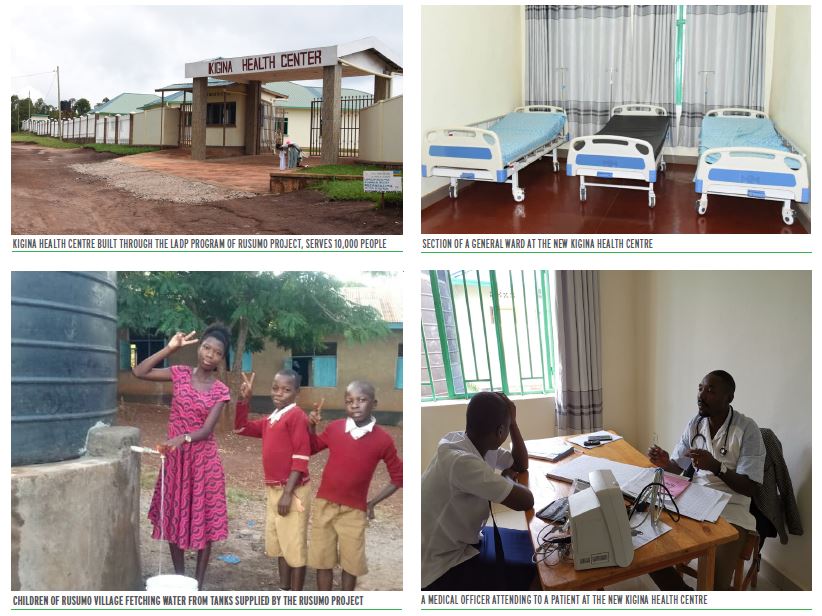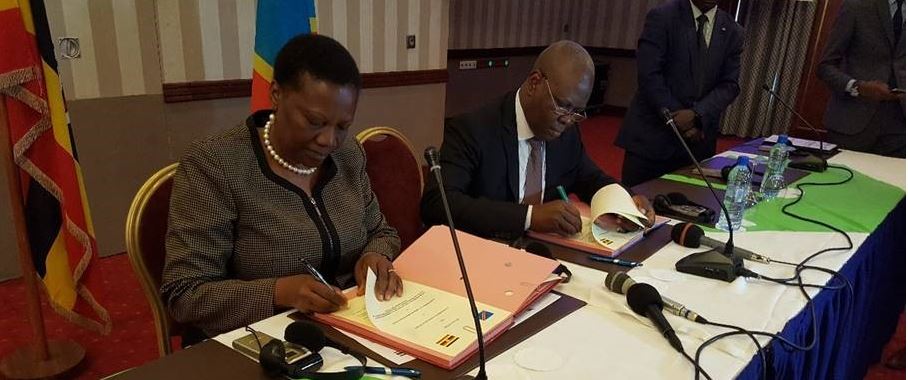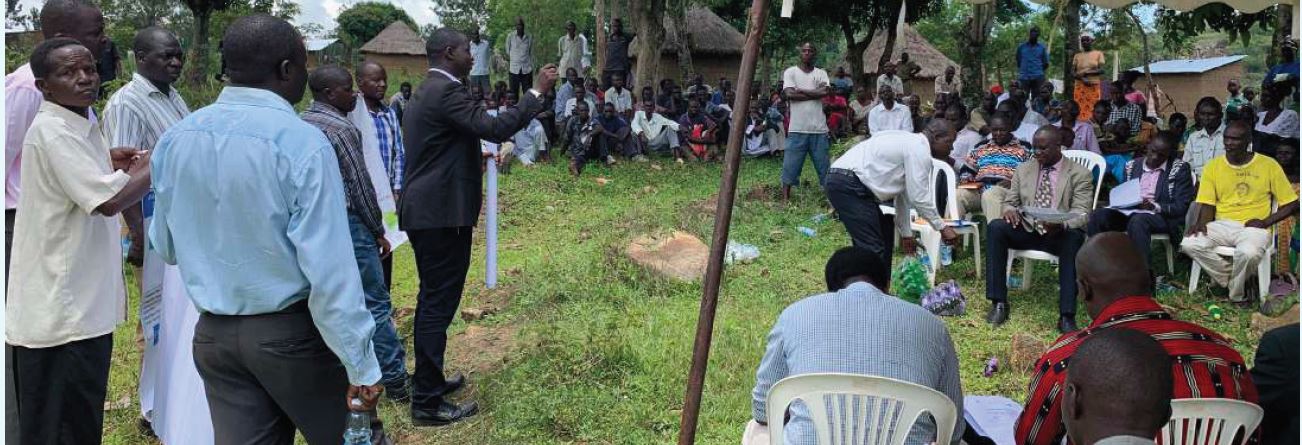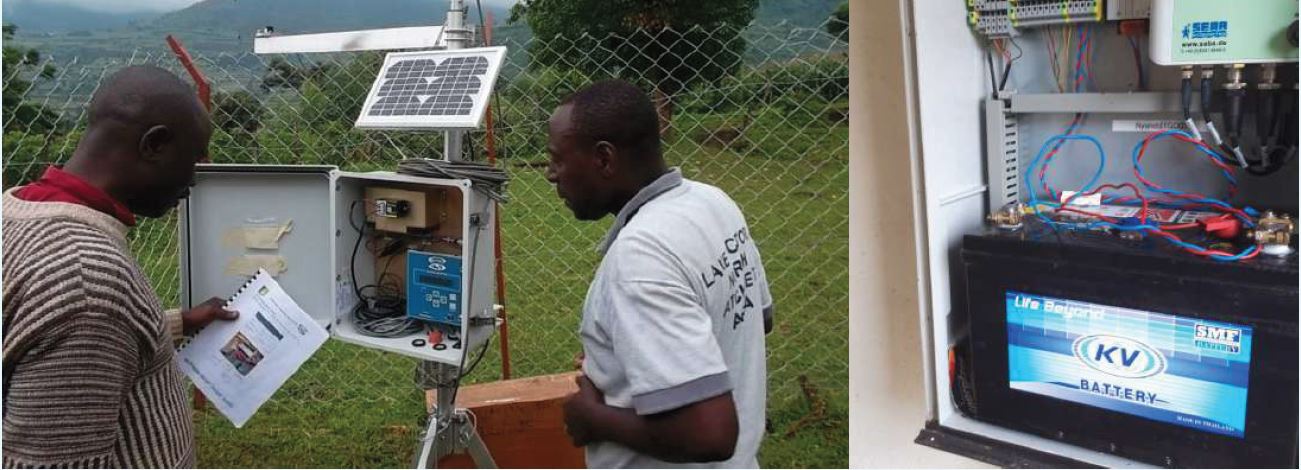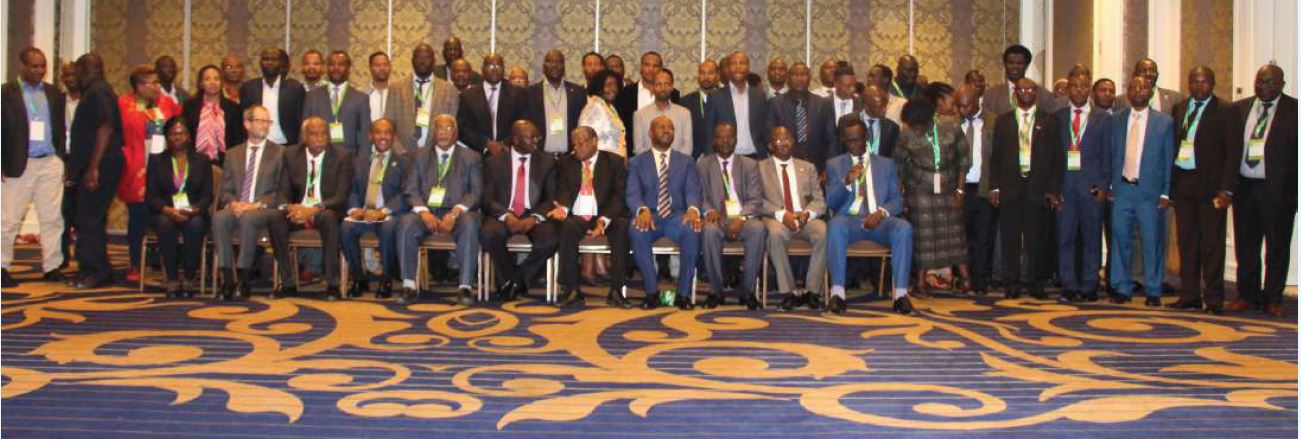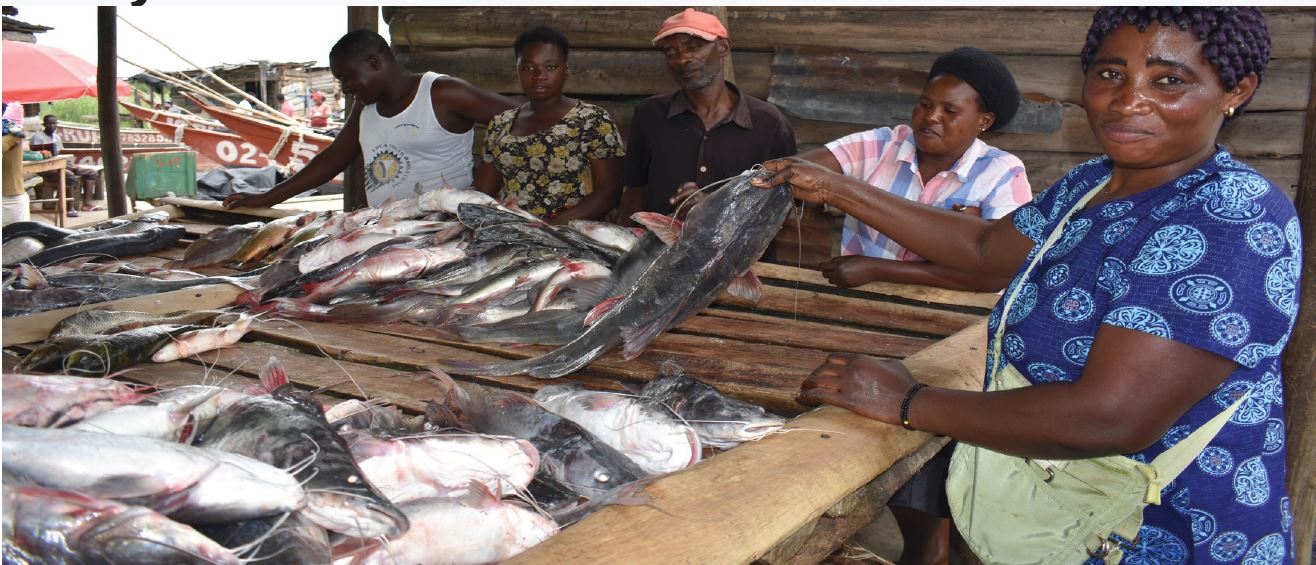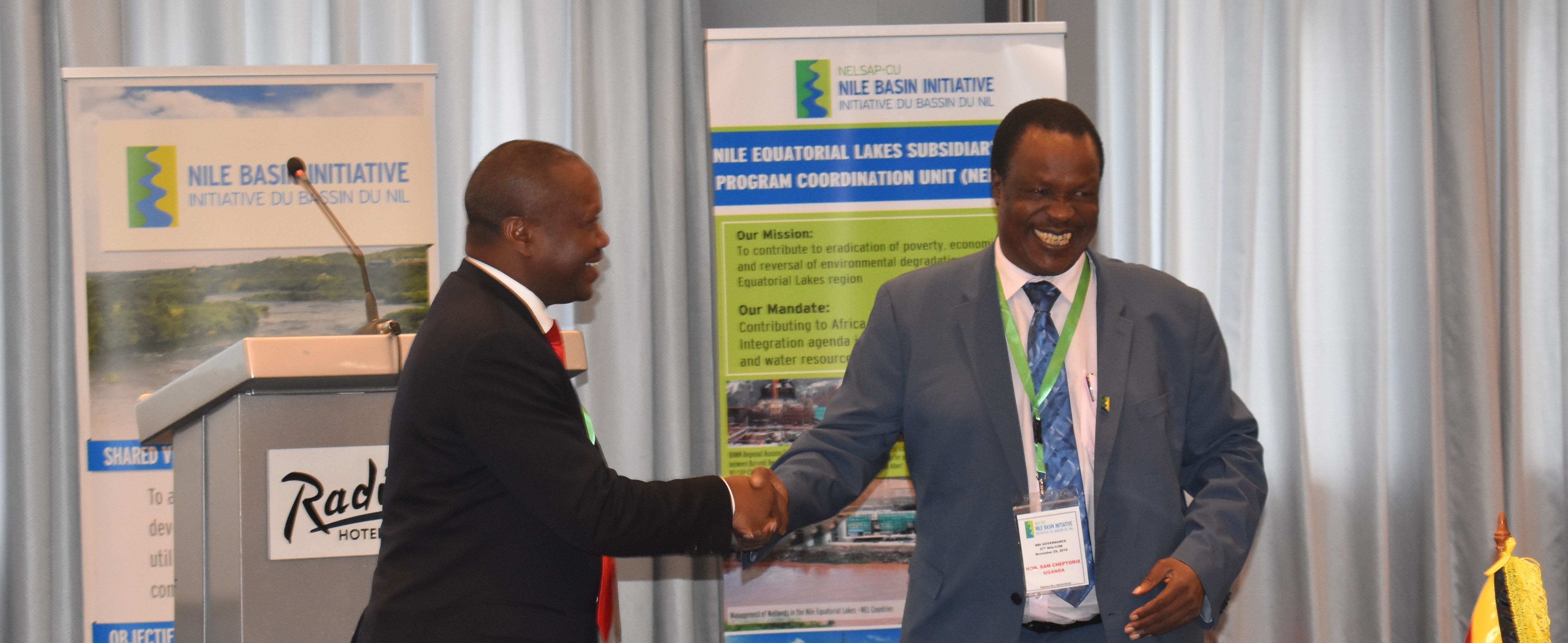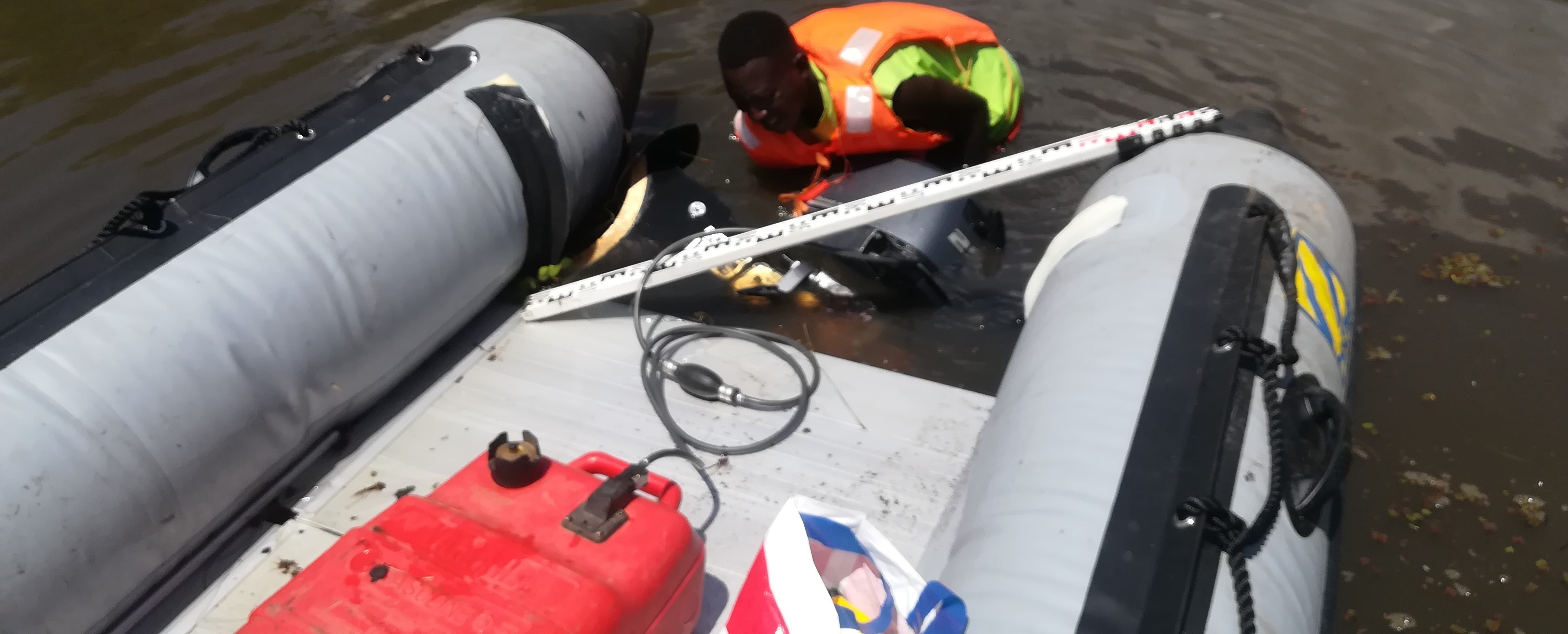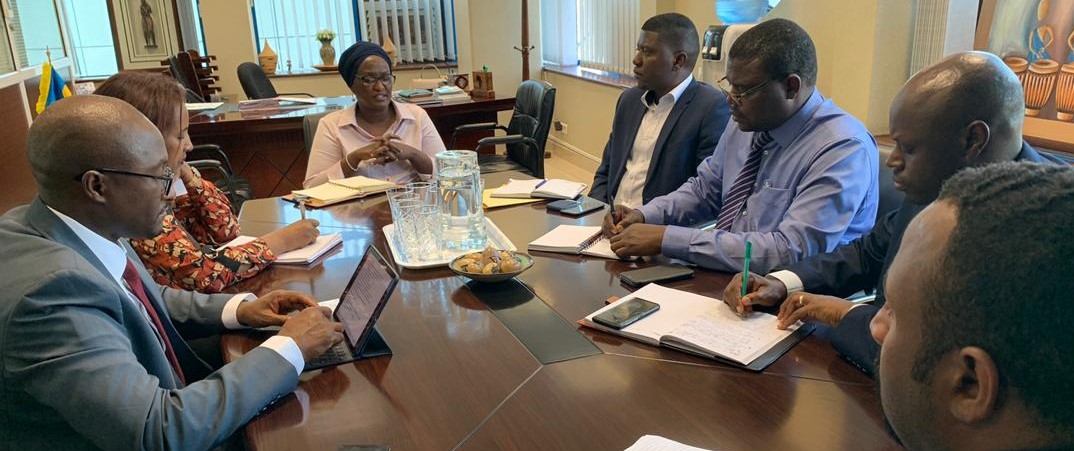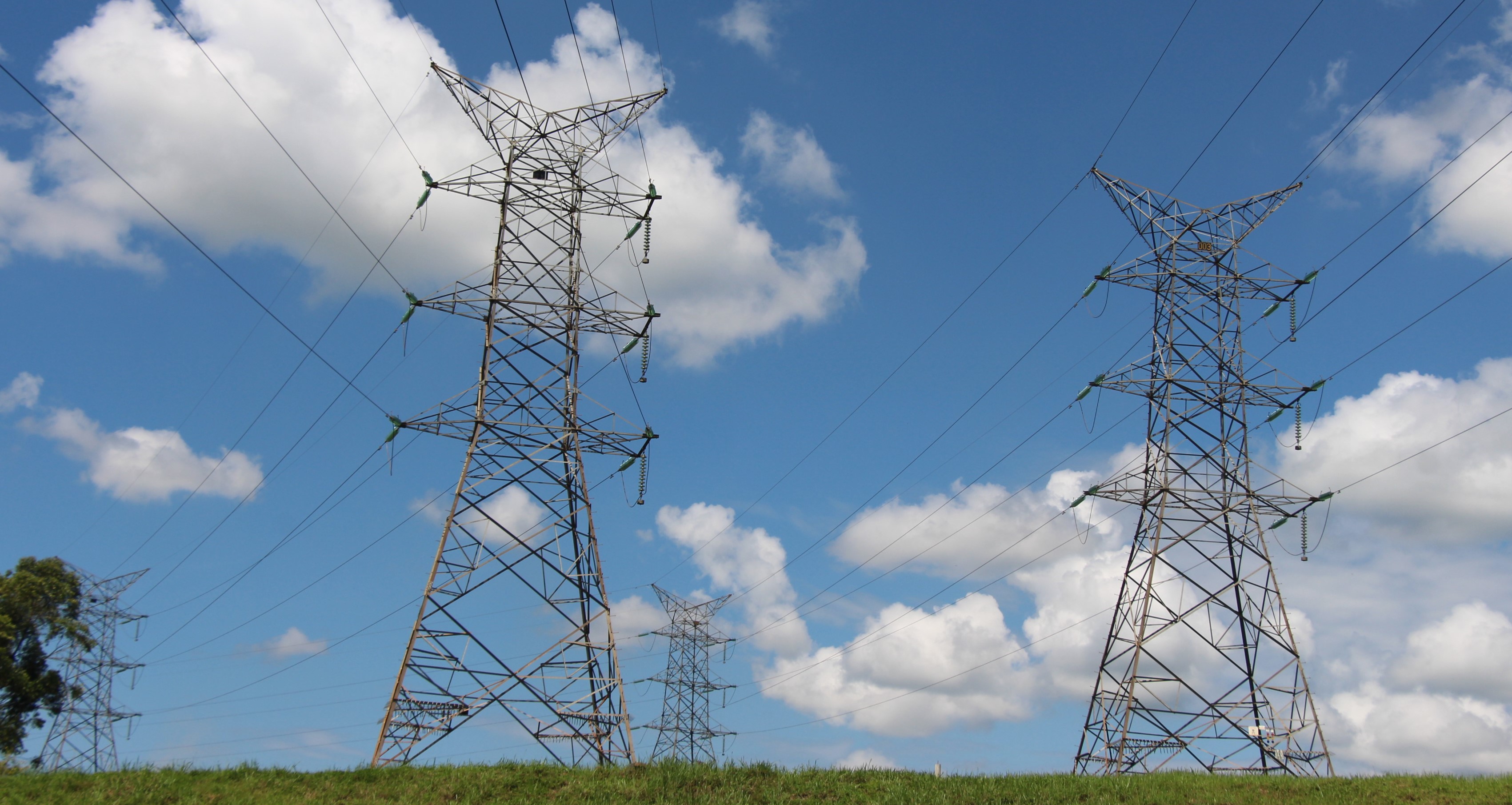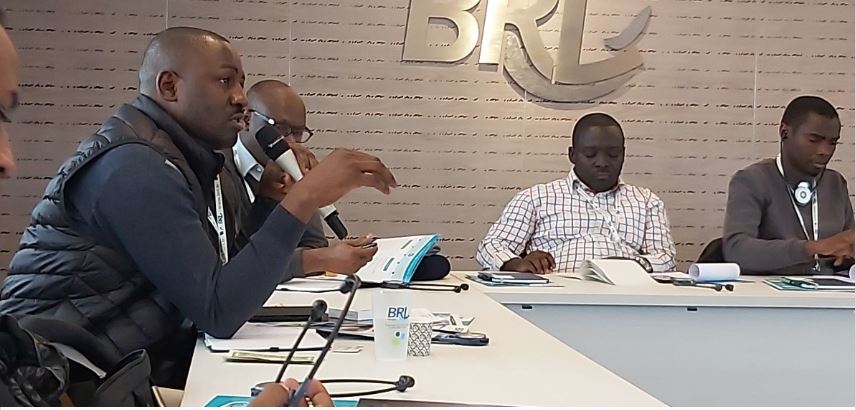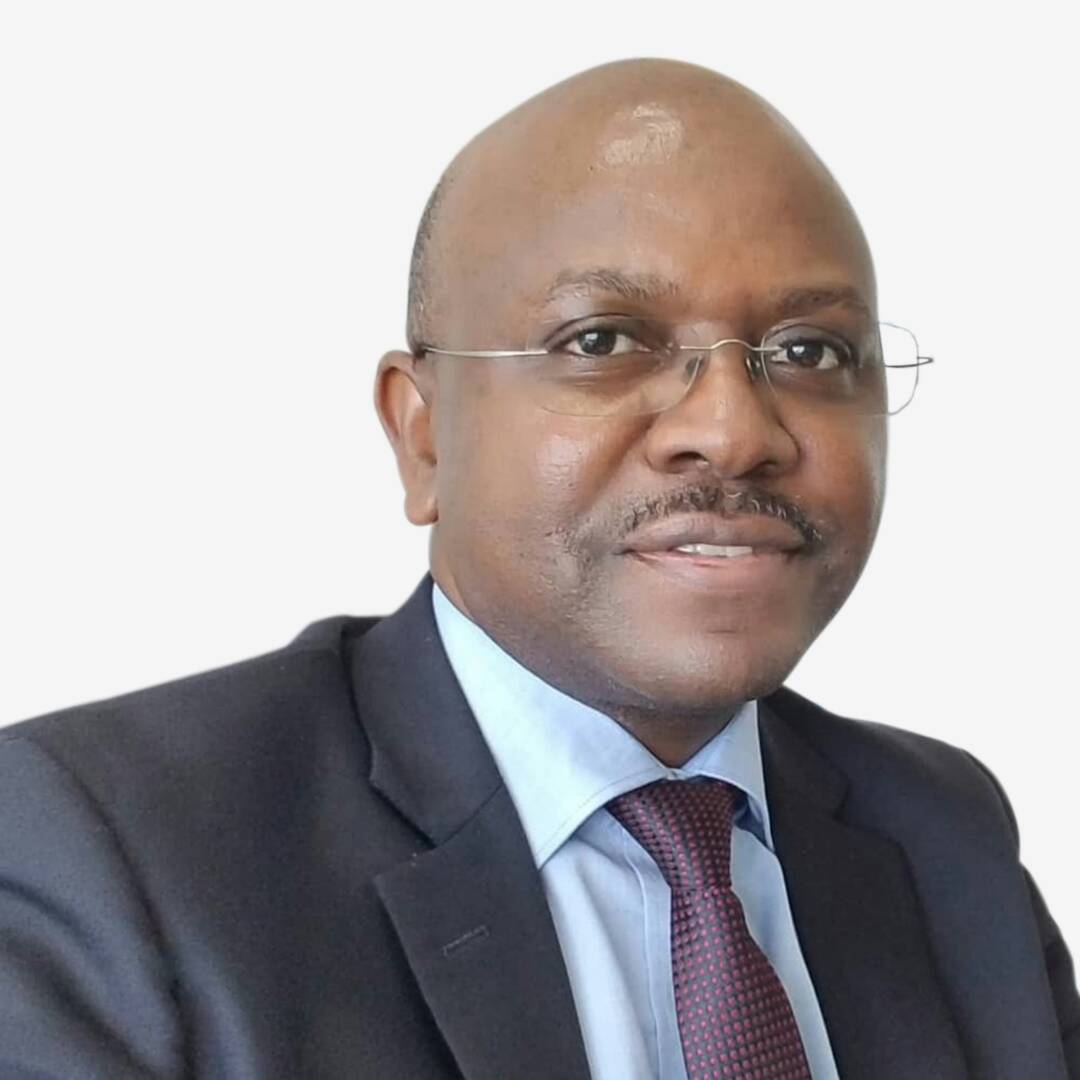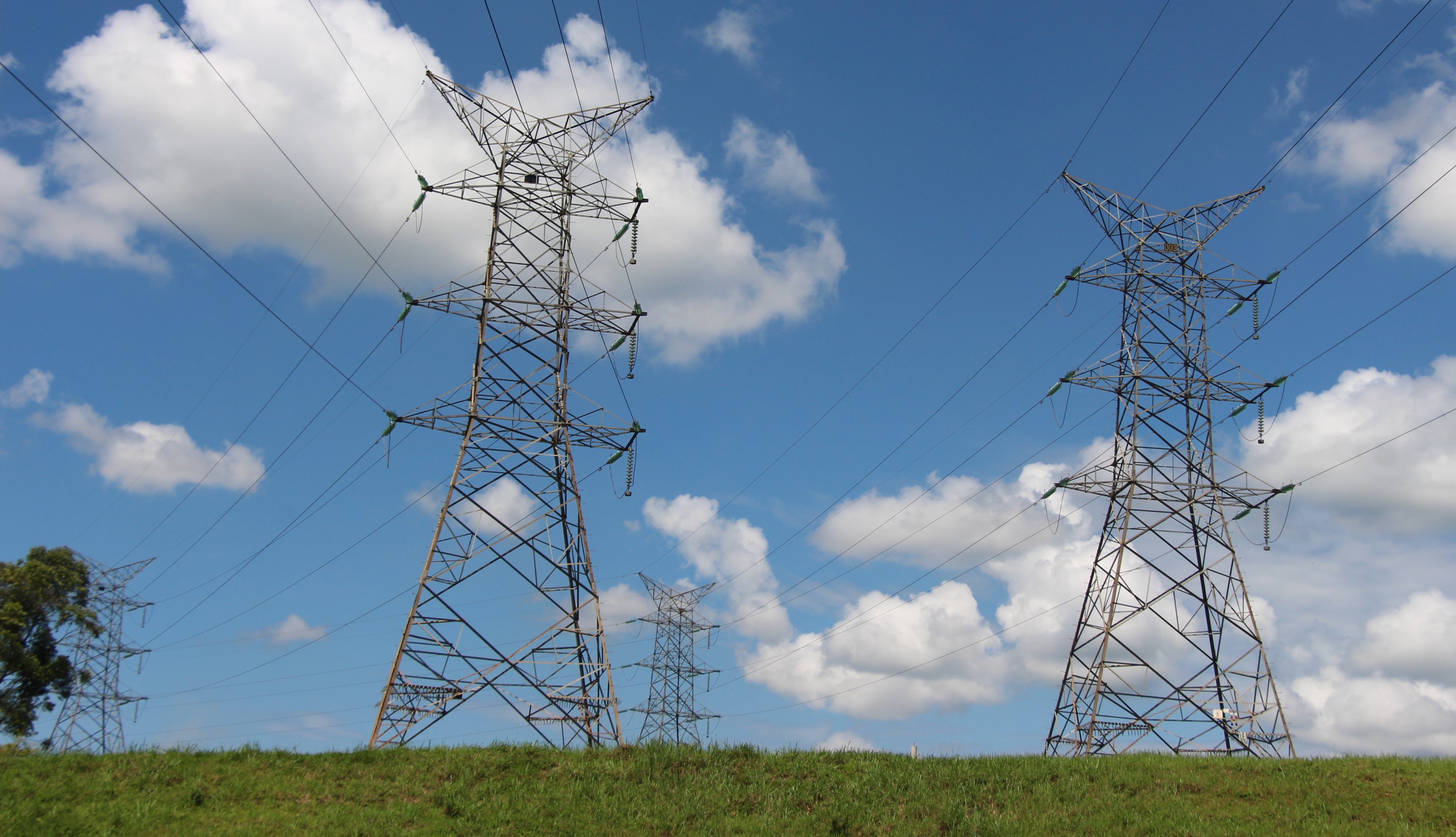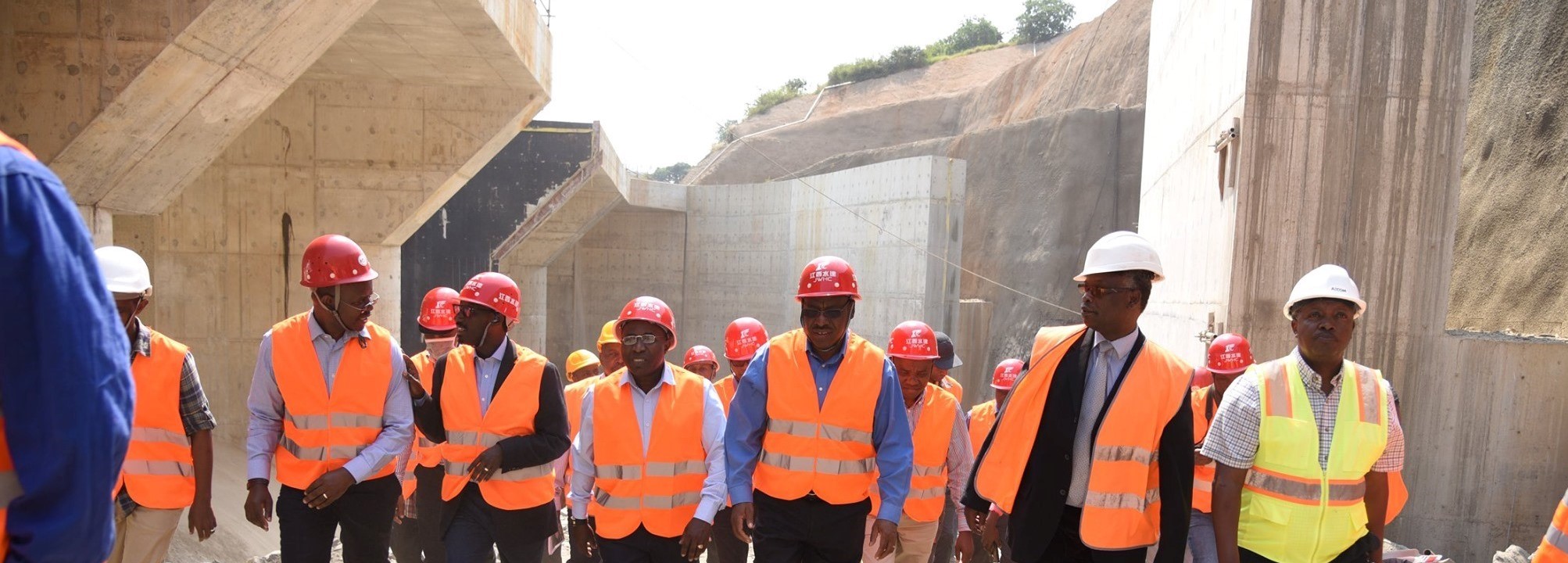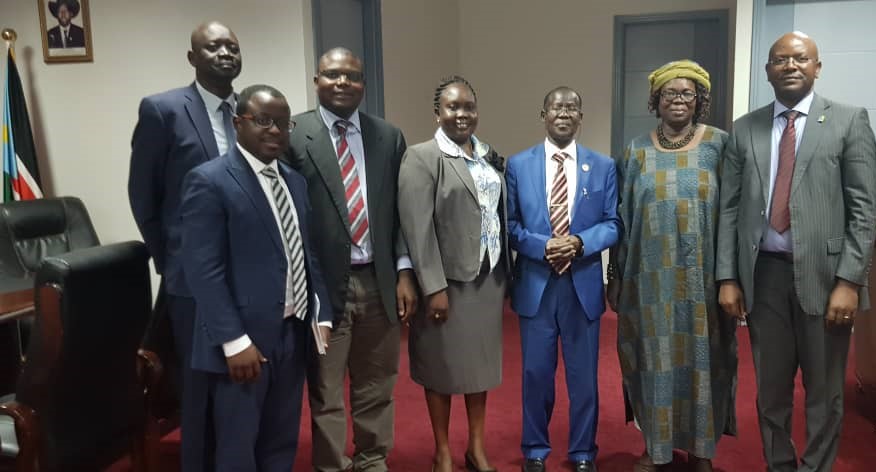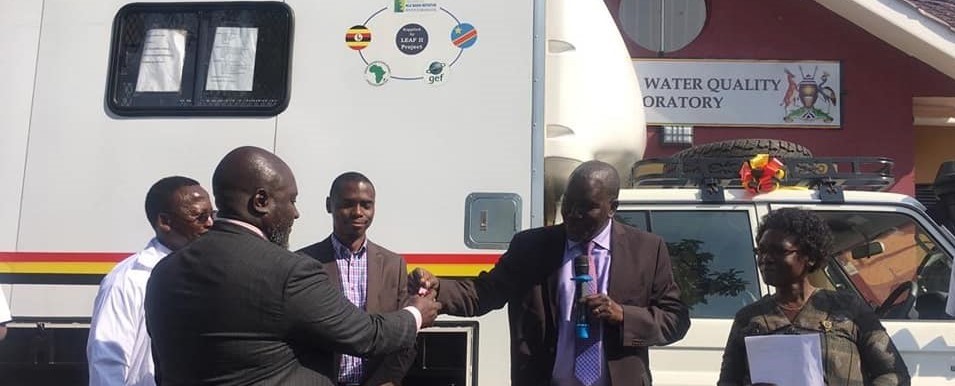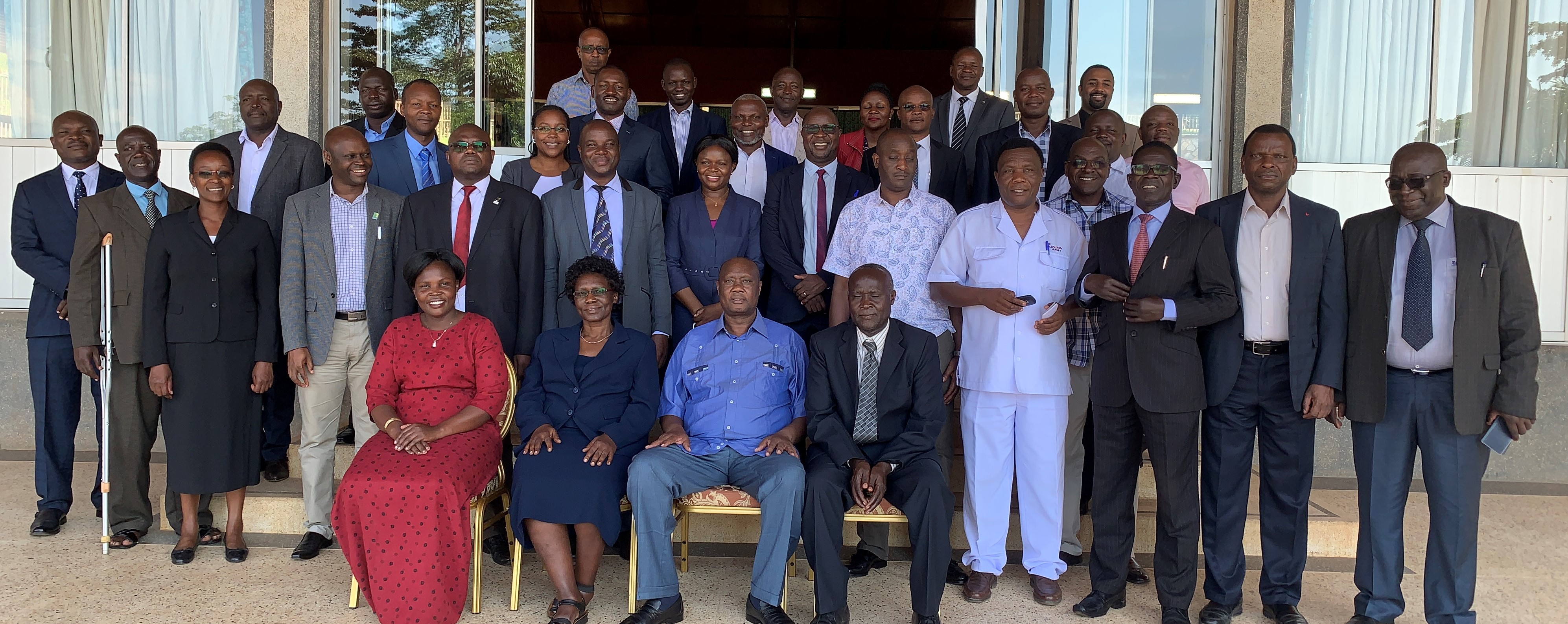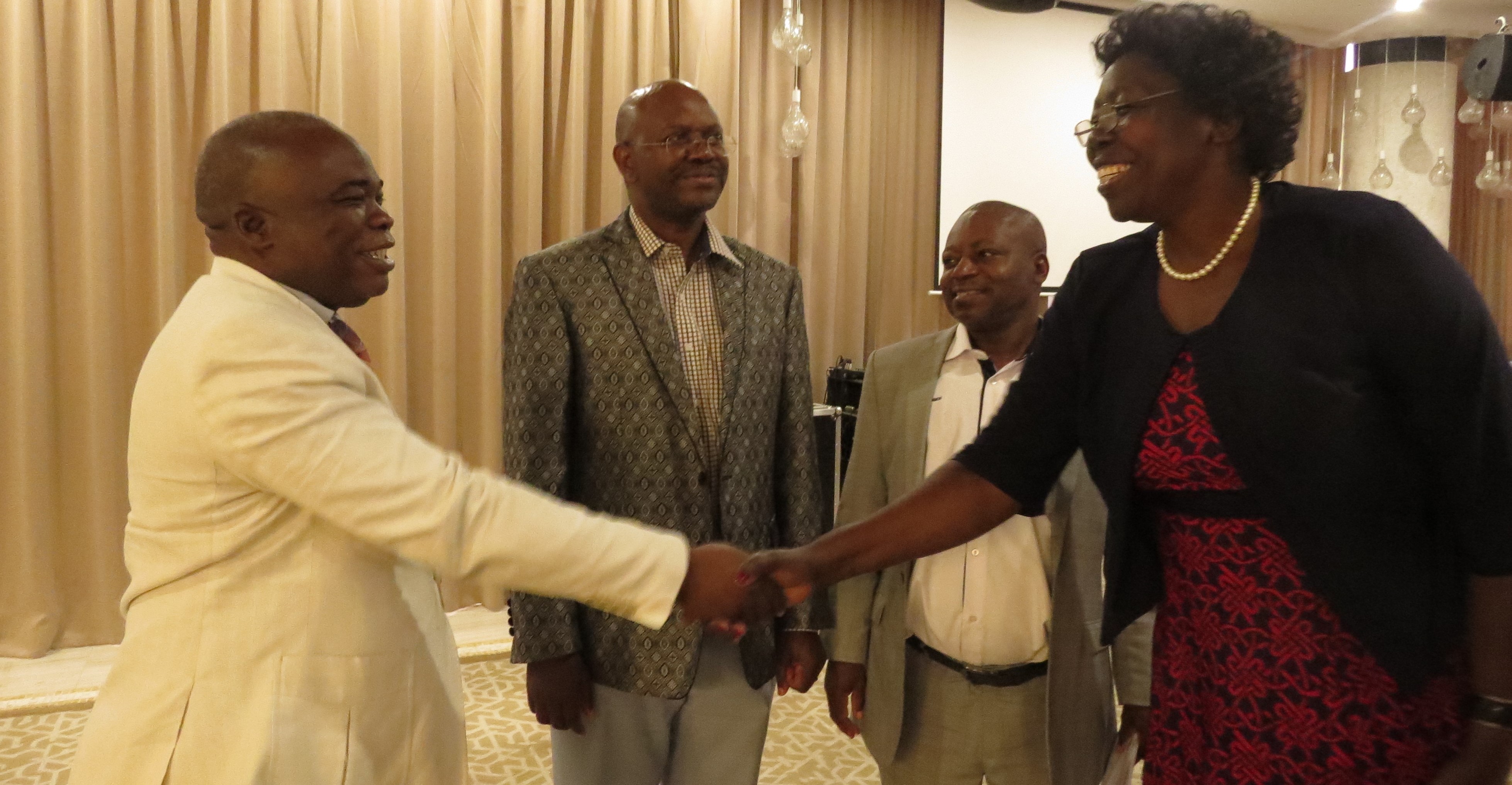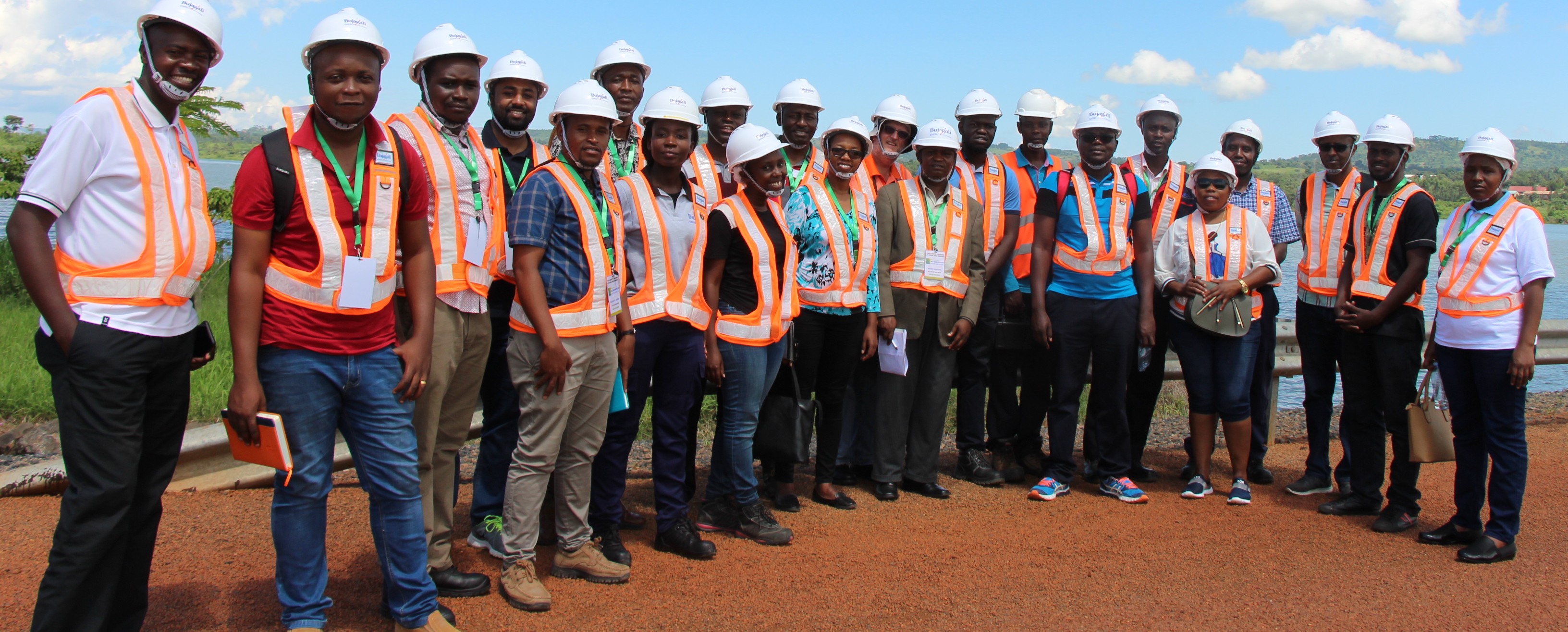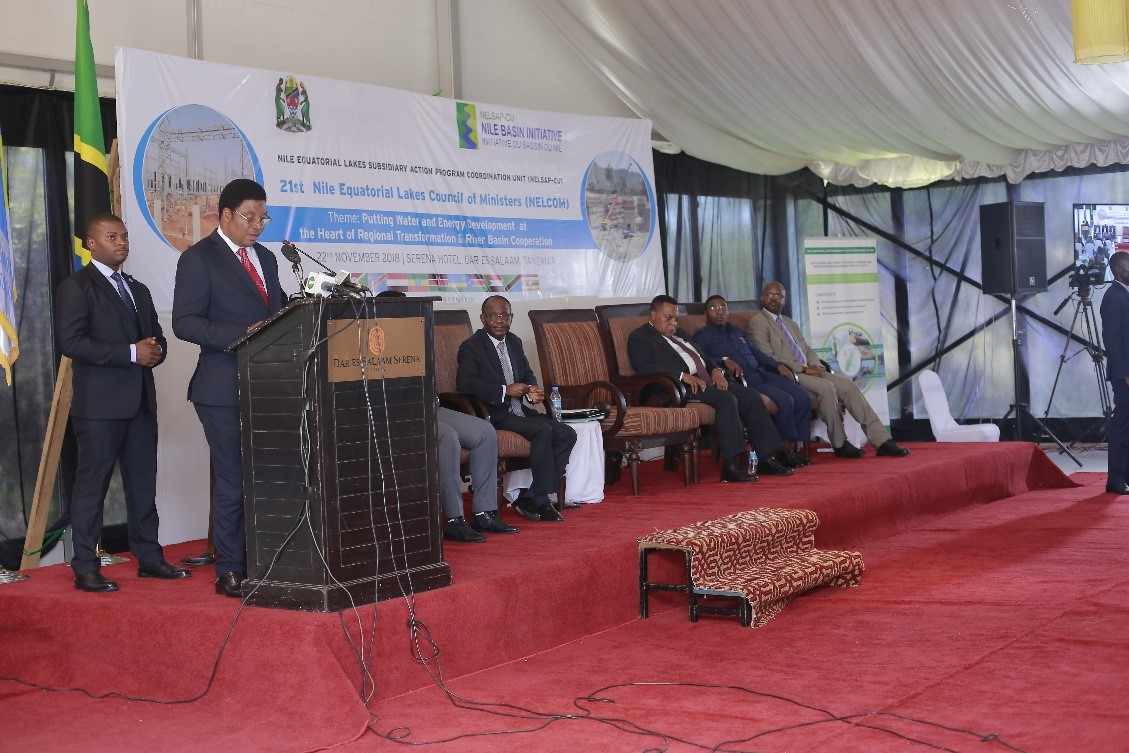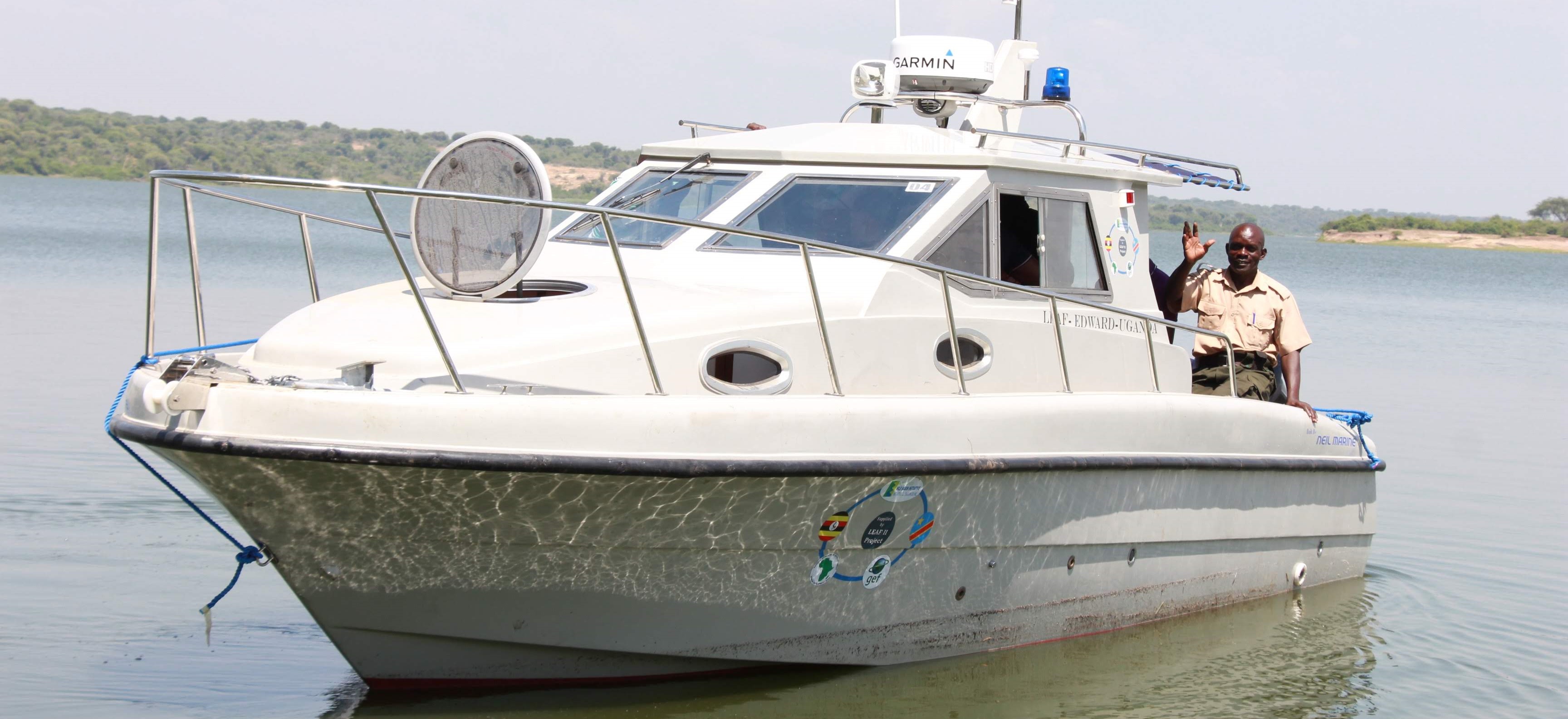Construction at the transboundary Regional Rusumo Falls Hydroelectric Project (RRFHP) that is jointly owned by Burundi, Rwanda and Tanzania is well on course. The main constructions of the power plant are being done around the Rusumo border mainly on the Tanzania side. The workers’ camp is located in Tanzania 5km from the Rusumo border while the switchyard is located on Rwanda side of the border.
The overall Project implementation status is at 35%. The civil and electromechanical works have made good progress: the first phase of the dam spillway, the headrace tunnel, the powerhouse excavation works, the tailrace channel, the switchyard excavation as well as the Rusumo Power Company Limited (RPCL) residential camp are right on track. On 4th February 2019, the Project’s Council of Ministers (COM) composed of Burundi Minister of Energy Hon. Eng. Come Manirakiza, Rwanda Minister of Infrastructure, Hon. Amb. Claver Gatete and Tanzania Minister of Energy Hon. Dr. Medard Kalemani, visited the 80 MW Regional Rusumo Falls Hydroelectric Project to take stock of the power pant construction progress. During their visit, the Council of Ministers (COM) members appreciated the progress recorded so far. The COM urged NELSAP-CU to speed up the construction works in order to complete on time and have the 80MW Power Plant operational with the Transmission Lines by February 2020. The Project has so far employed about 231 Rwandans, 254 Tanzanians and 81 Burundians. Majority of casual laborers are from the neighbouring districts from the three countries. The Project has established a workers’ camp 5km from Rusumo Border in Tanzania that provides casual laborers with the best living and
leisure environment after working hours with well observed environmental social health safety measures for a conducive atmosphere during working time and after work. Compensation of all the Project Affected Persons (PAPs) has been done. Those compensated are 53 households and 1 commercial group in Rwanda and 135 households and 3 commercial groups in Tanzania respectively. A total USD 3.1 million was paid out to the PAPs as compensation in the two Districts; Ngara in Tanzania and Kirehe in Rwanda. The Project has successfully implemented the Livelihood Restoration Program (LRP) for Persons Affected by the Project which started in February 2017 and is on-going. About USD 711, 612 has been earmarked for Kirehe and Ngara districts. The Local Area Development Plan (LADP) a benefit-sharing program worth USD 15.5 Million has been designed to enhance regional economic and social development in the Rusumo area as an extended program related to the construction of the project. LADP is expected to improve community livelihoods and promote socially sustainable outcomes of the riparian citizens of the affected districts. For Burundi, both Giteranyi and Busoni Communes are implementing the rehabilitation and extension of water supply systems, integrated agricultural production for key crops (cassava, beans and maize) and livestock intensification for cows, goat and pigs as well as soil and water conservation and the construction and support to a youth training centre.
For Kirehe District of Rwanda, the project rehabilitated the 30 km feeder road in Kigarama and Musaza (Cyagasenyi-Gasarabwayi- Nganda Road) and also constructed the Kigina Health Center.
In Ngoma District it is supporting the construction of 28.7 km mixed water pipeline supplying 10,500 people of Gatonde-Gahima cells. It is also working on the 33 km Gituku-Murama water supply system and the 9.54km Kigabiro-Rurenge-Gatore Feeder Road. In Tanzania Ngara District, the project will increase livestock intensification and cattle milk production, bee keeping to increase honey production, increase agricultural production for key crops (cassava, sunflower, banana and horticulture) rehabilitate water systems in 4 villages (Mshikamano, Kasharazi, Kasulo and Rwakalemela). It will also construct water supply systems in Rusumo village and support the Remela Vocational Training Center.
The Regional Rusumo Falls Hydroelectric Project (RRFHP) is recognized by the three energy-strapped beneficiary countries of Burundi, Rwanda and Tanzania as a good buy that will improve its socio-economic benefits. Once operational, the project will bring 80 MW of renewable, clean, relatively low-cost power to the national grids of the three countries shared equally, with each country receiving an additional 26.6 Megawatts. Construction of the power plant is implemented by the NELSAP-CU an investment program of the Nile Basin Initiative (NBI) through the Rusumo Power Company Limited (RPCL) that was established by the three countries. The project is funded by the World Bank to the tune of USD 340 million and the transmission lines are financed by the African Development Bank at USD 120 million.
